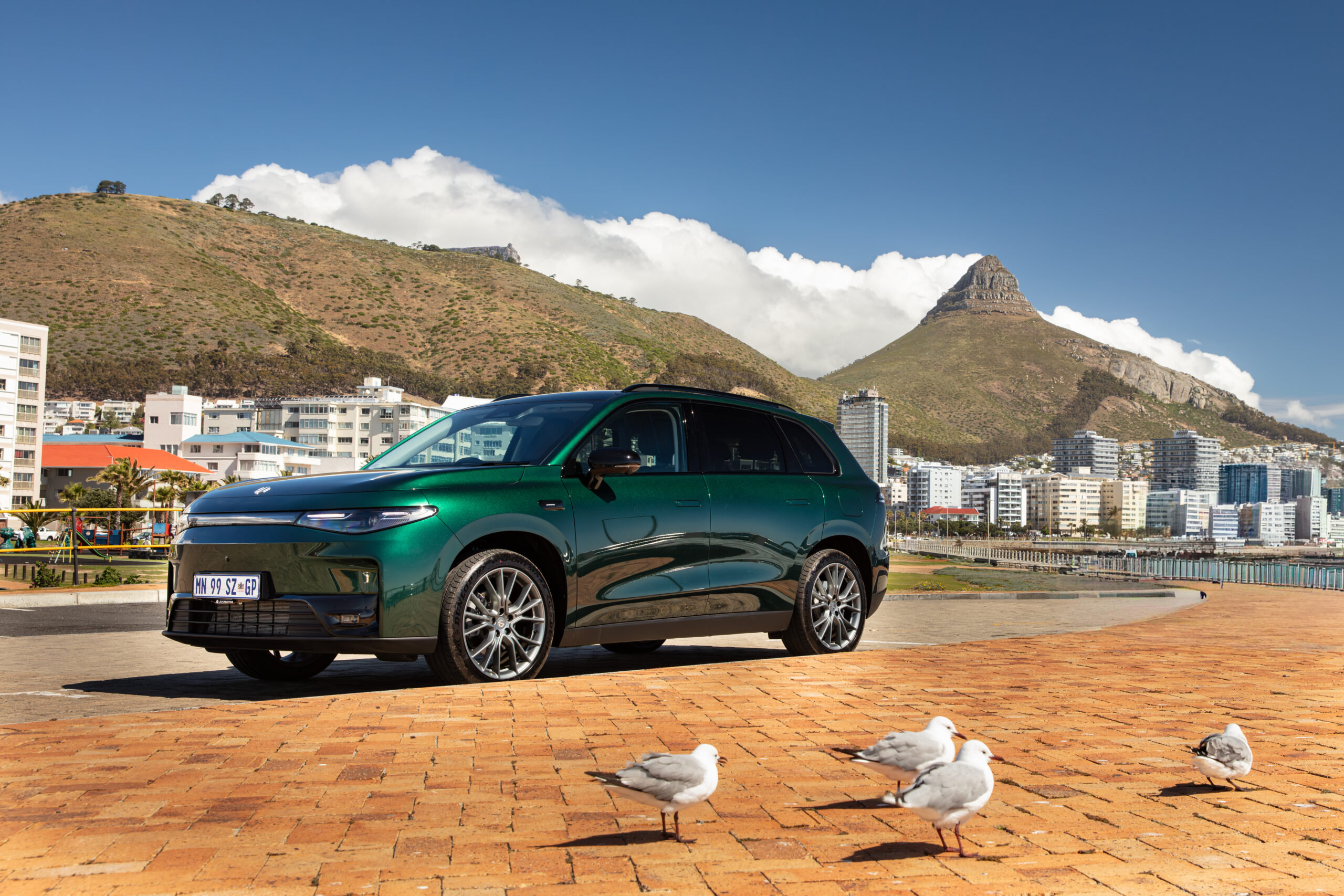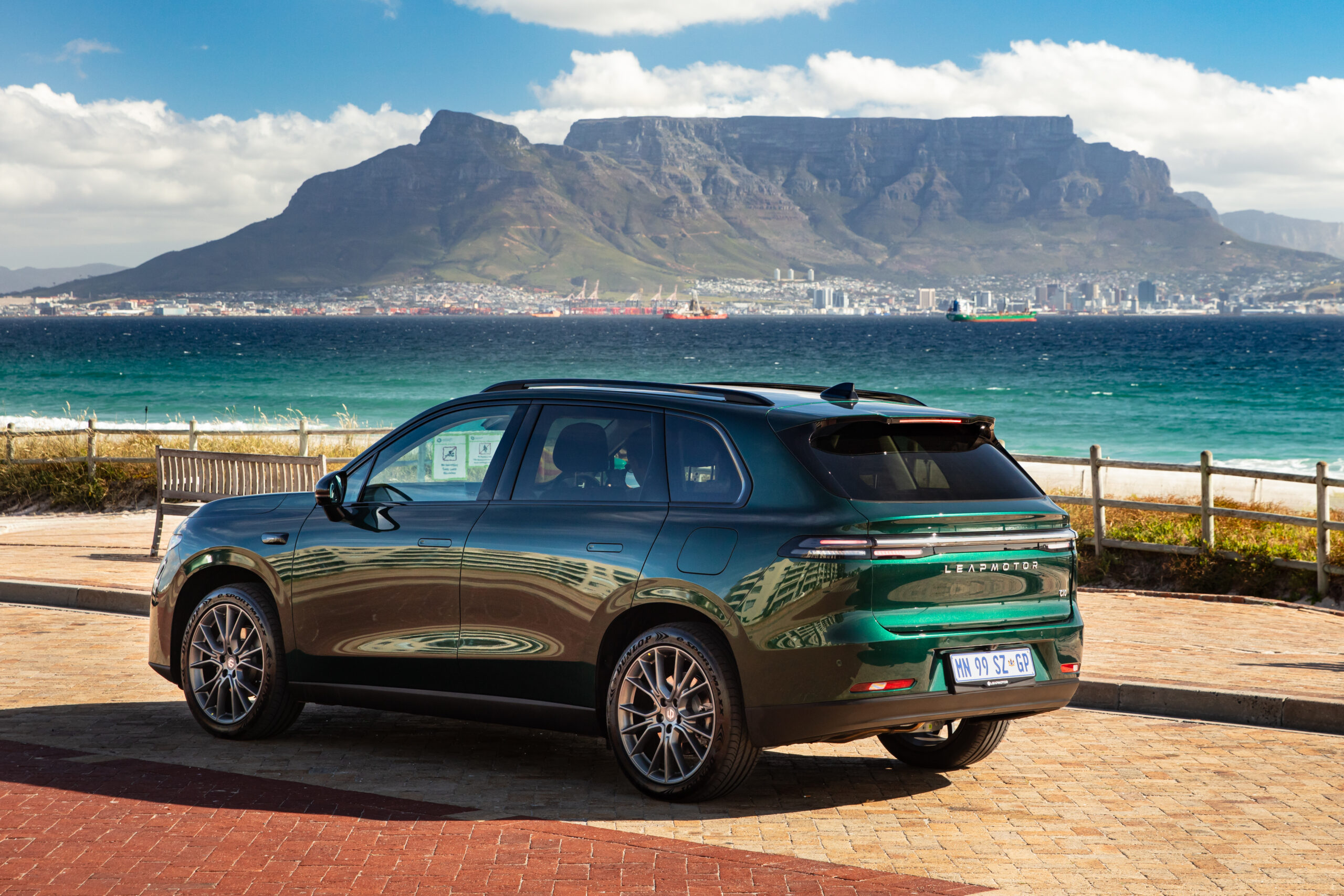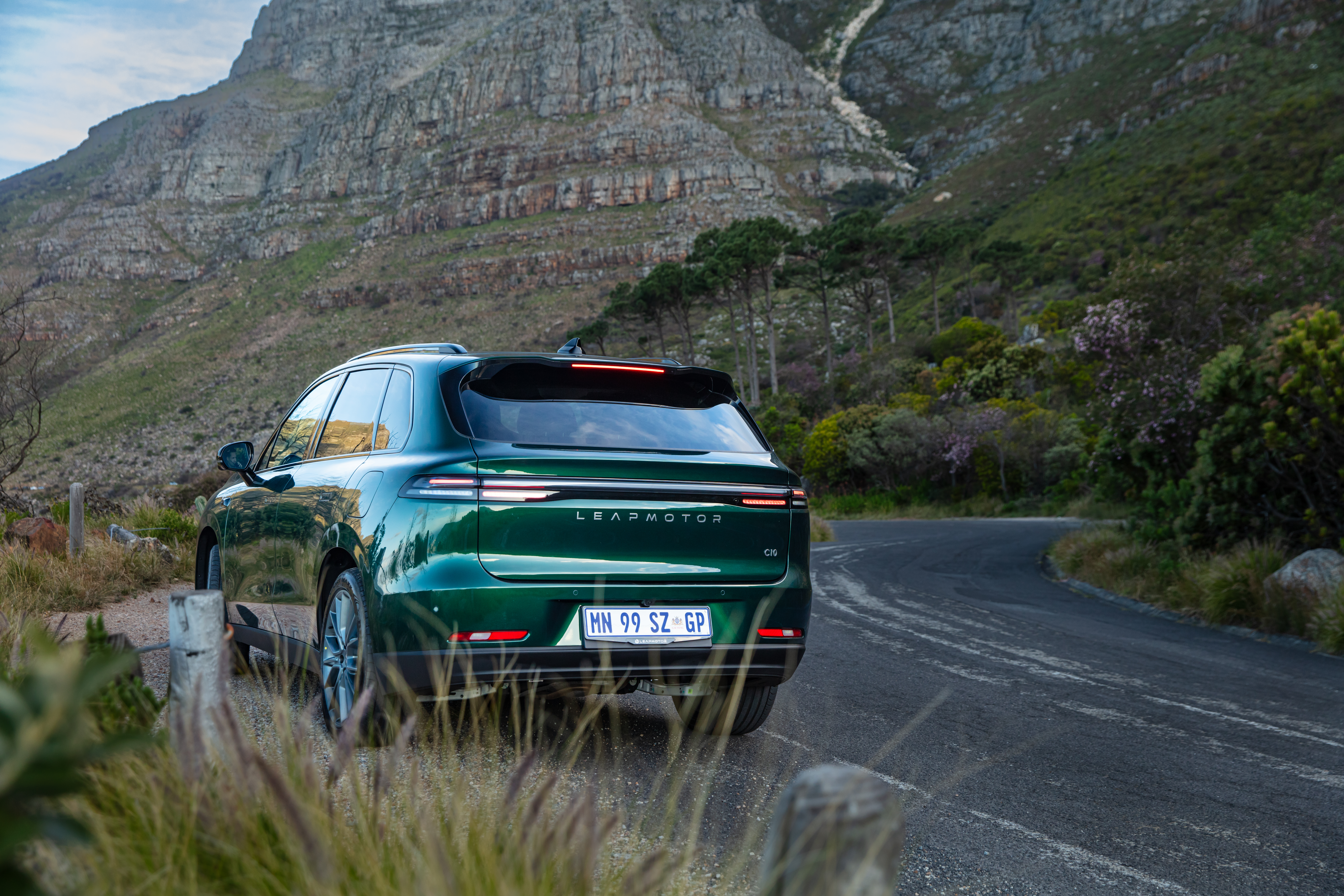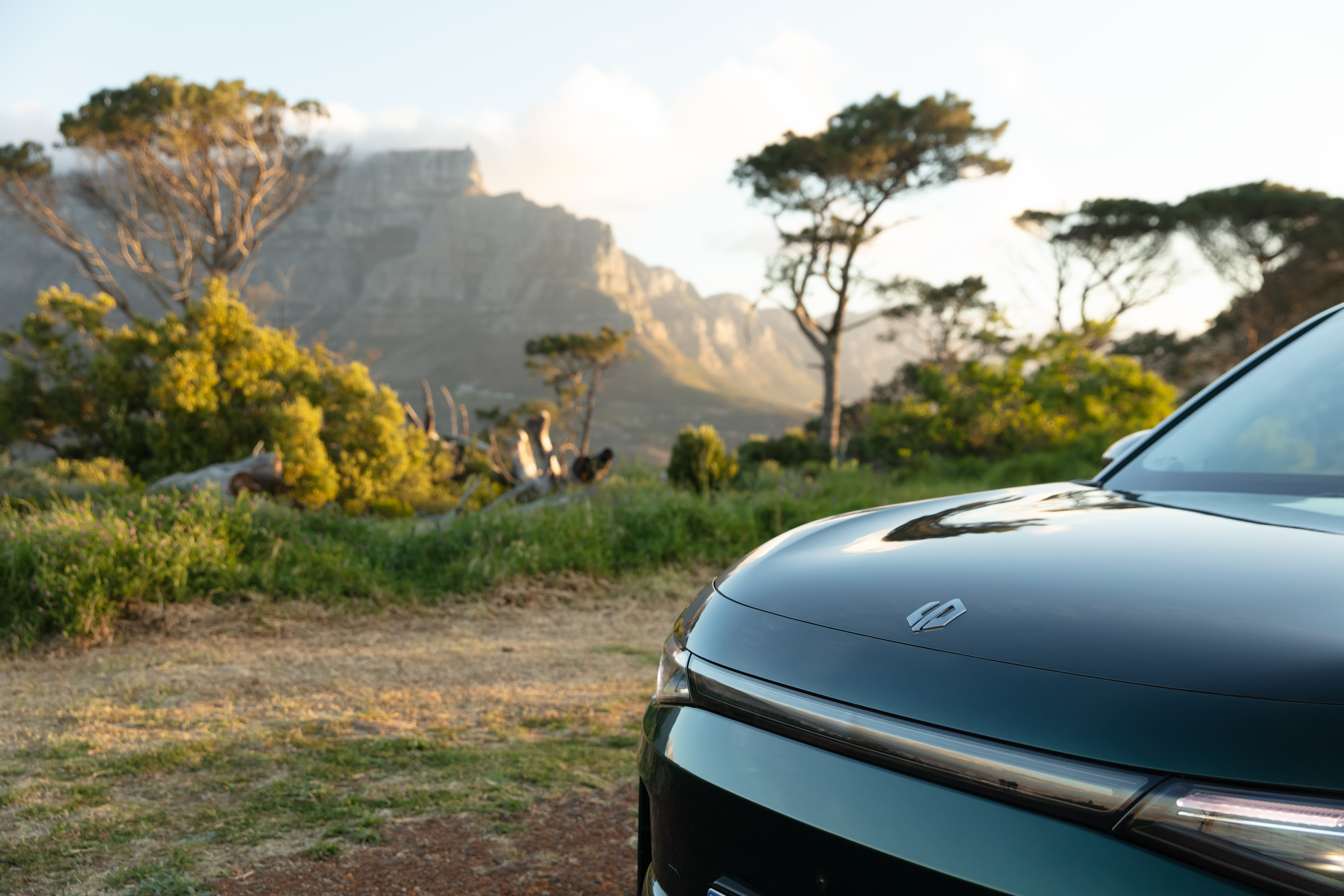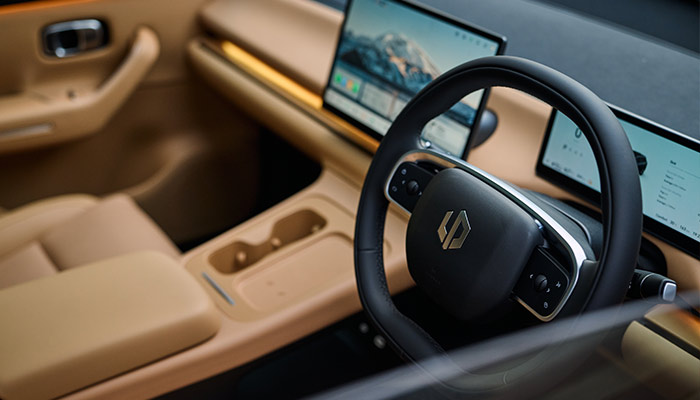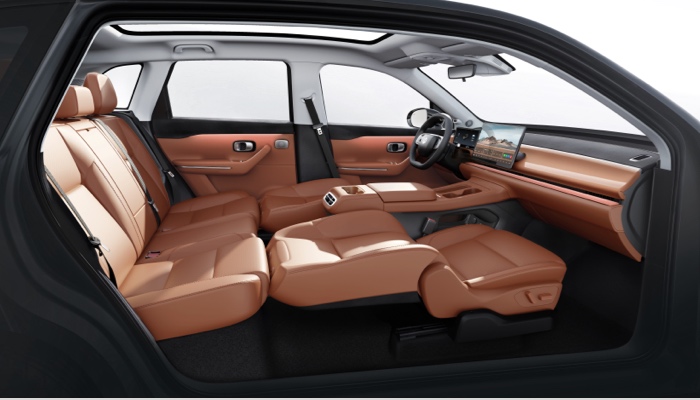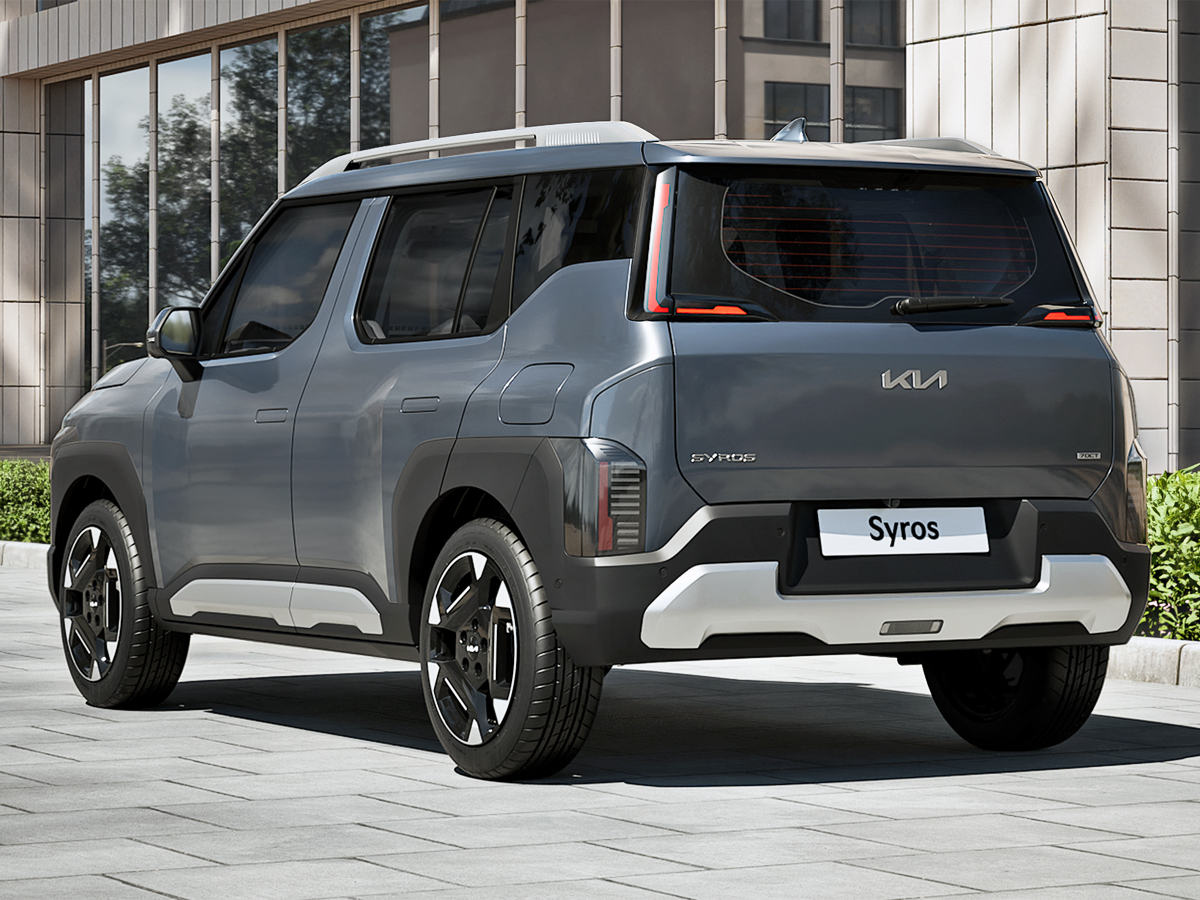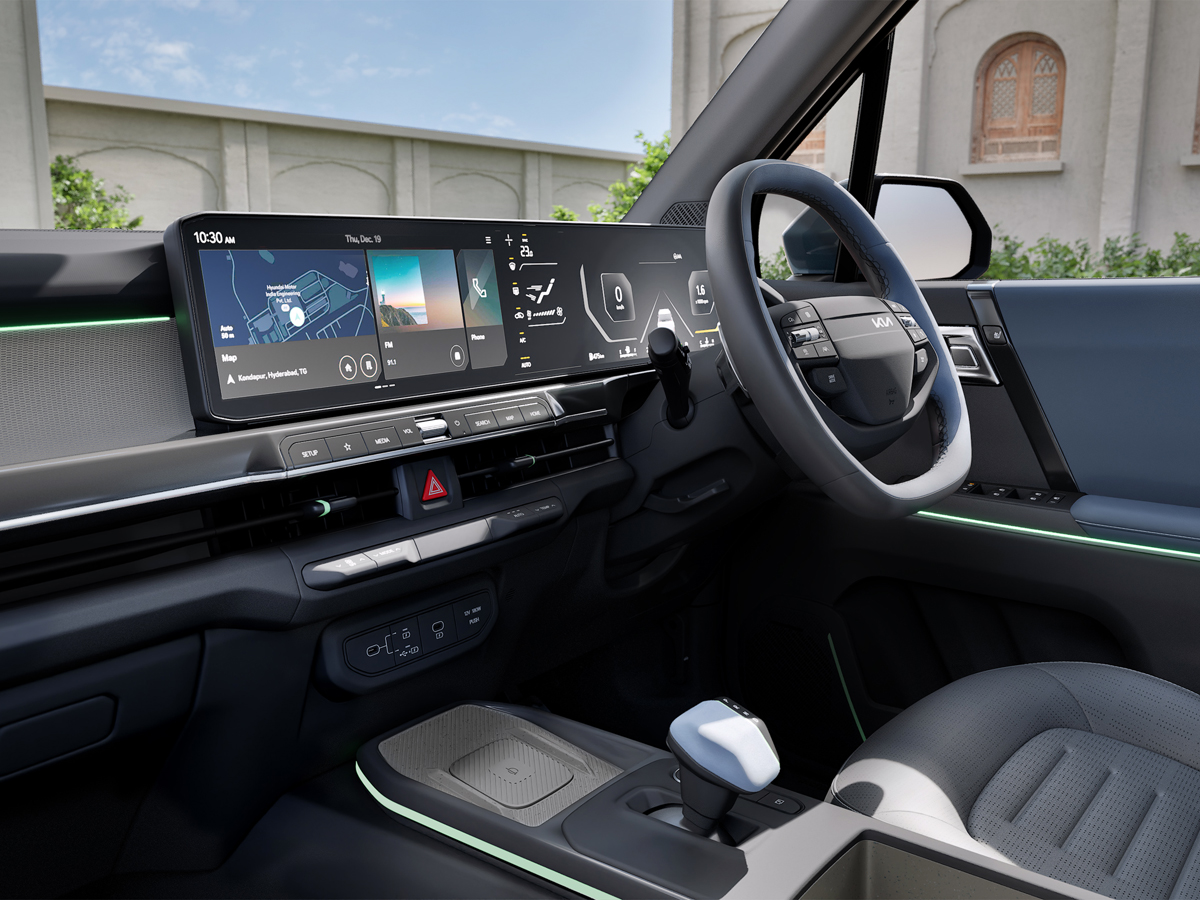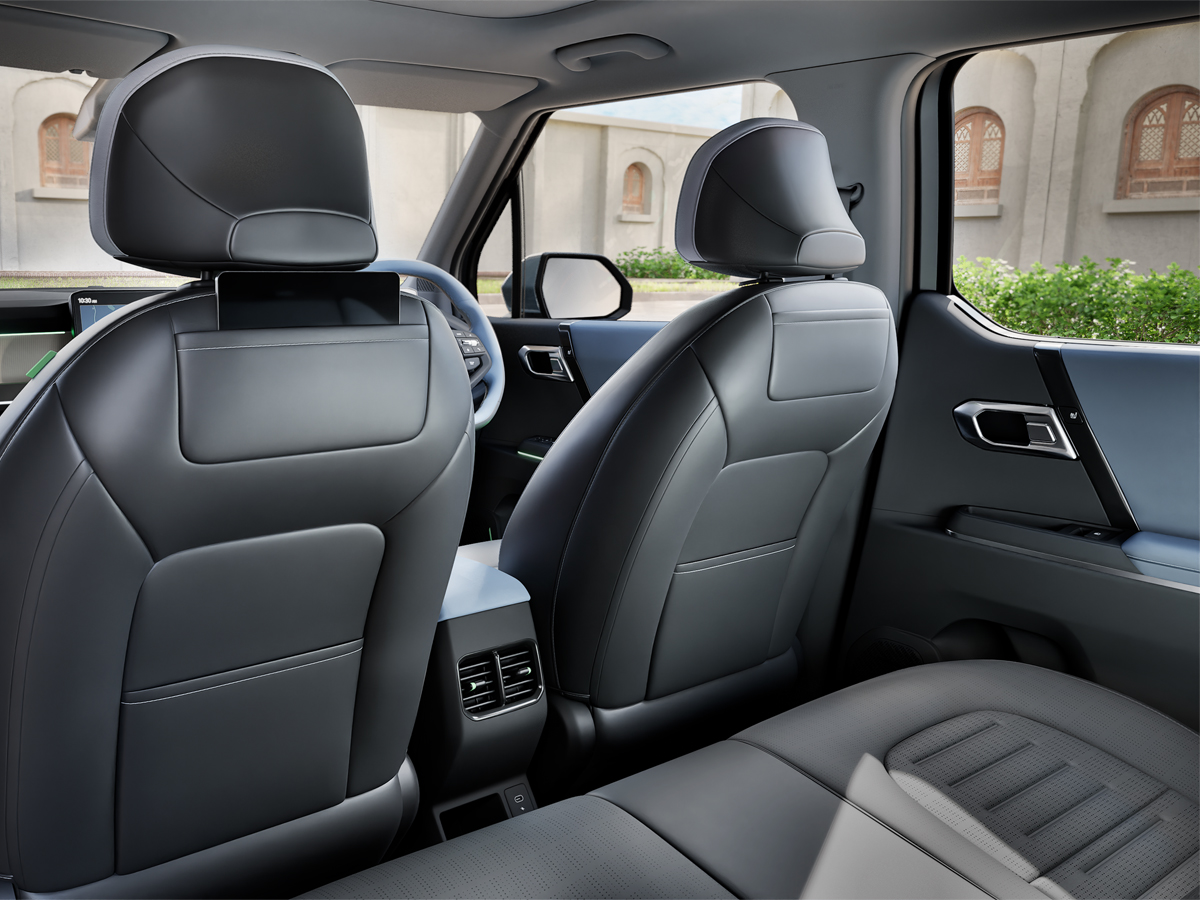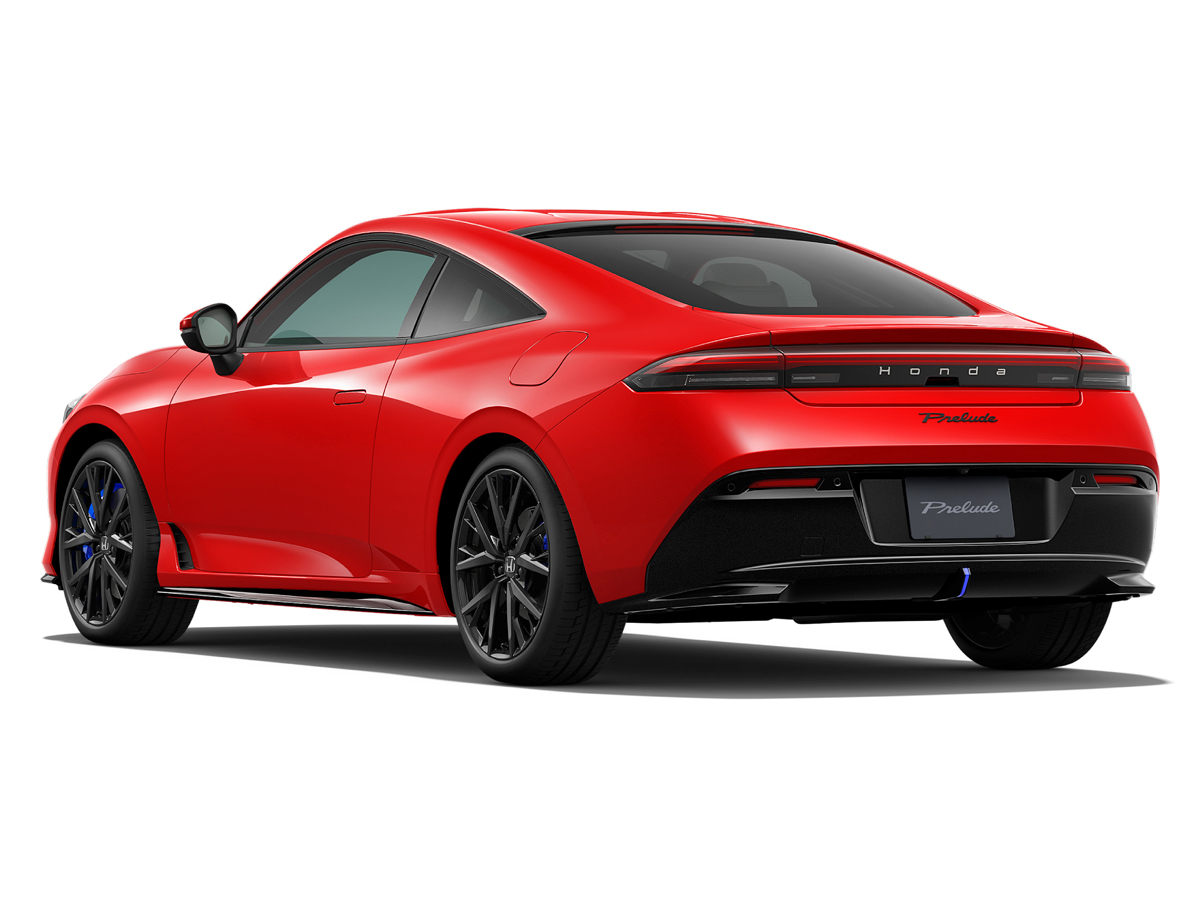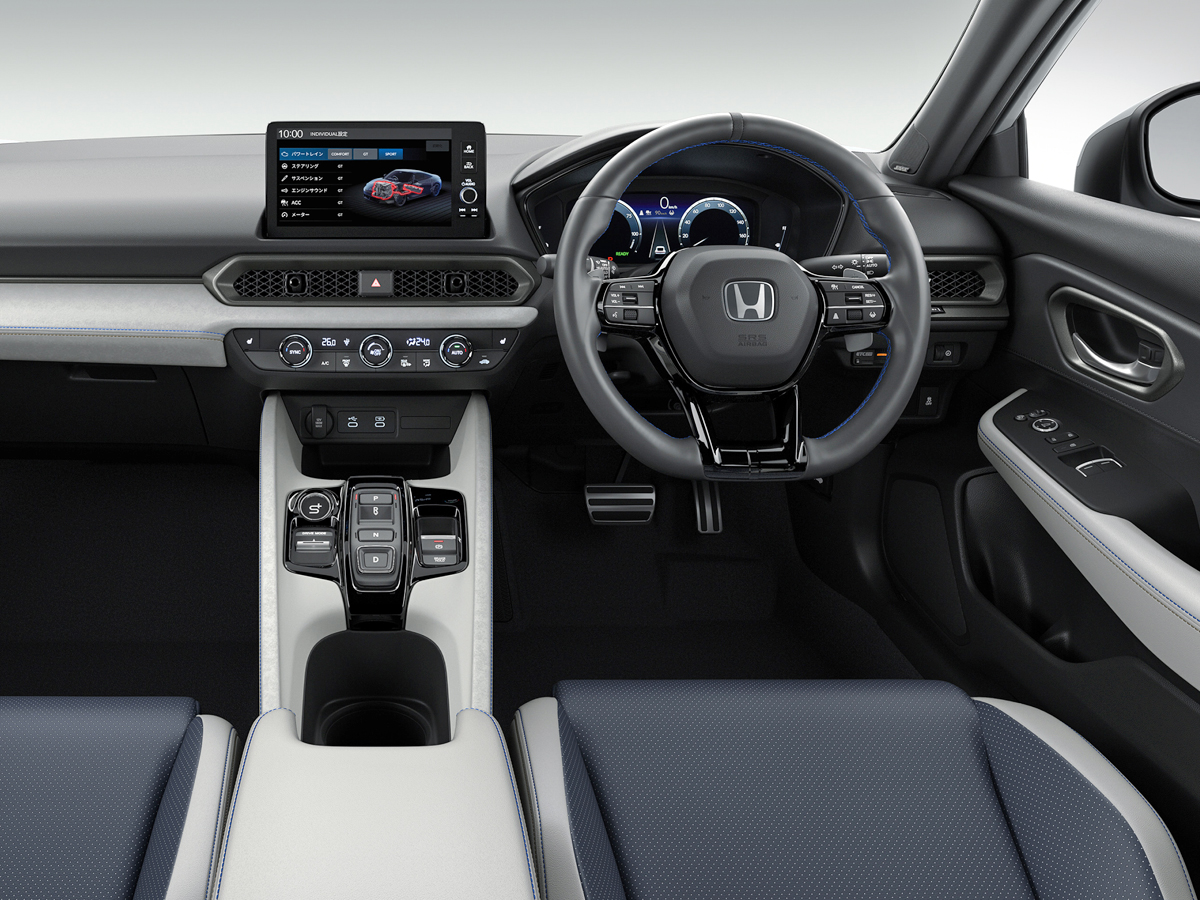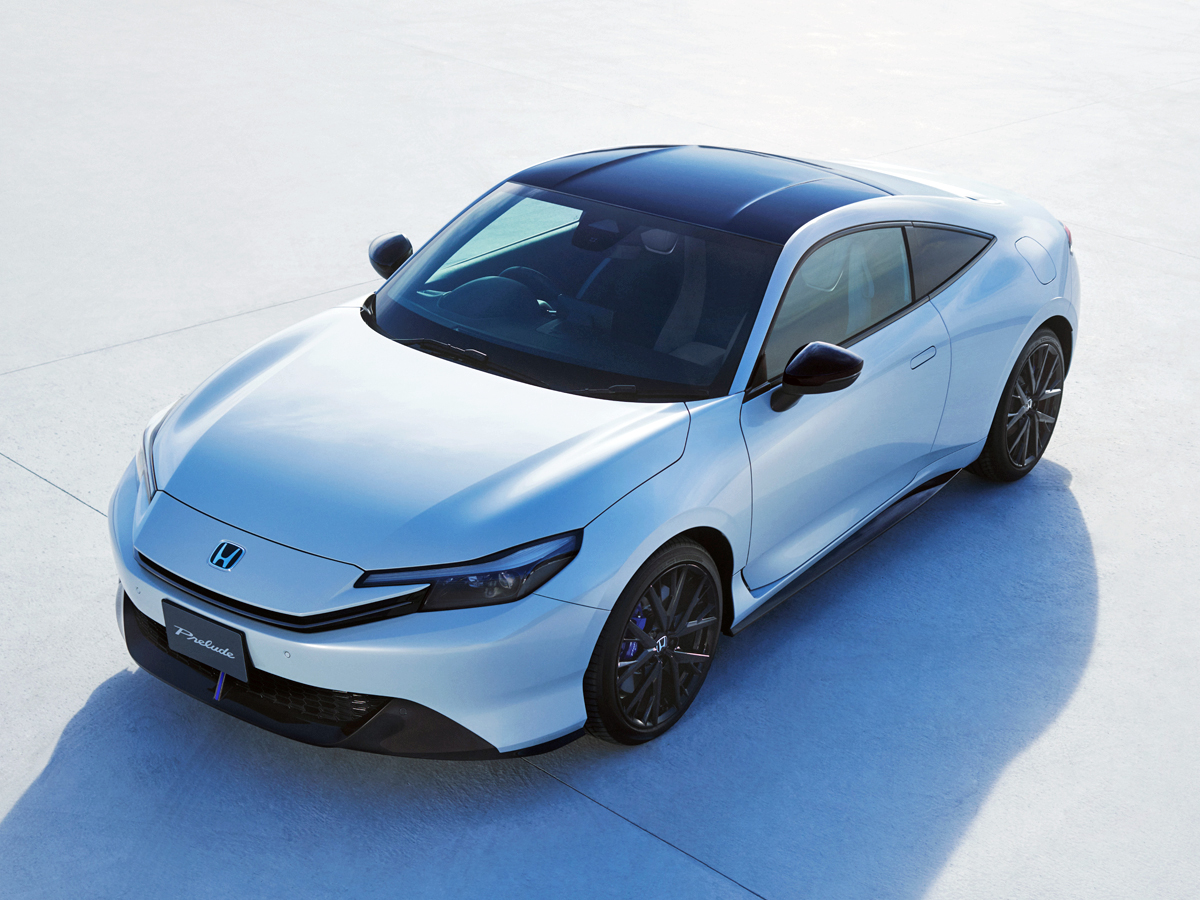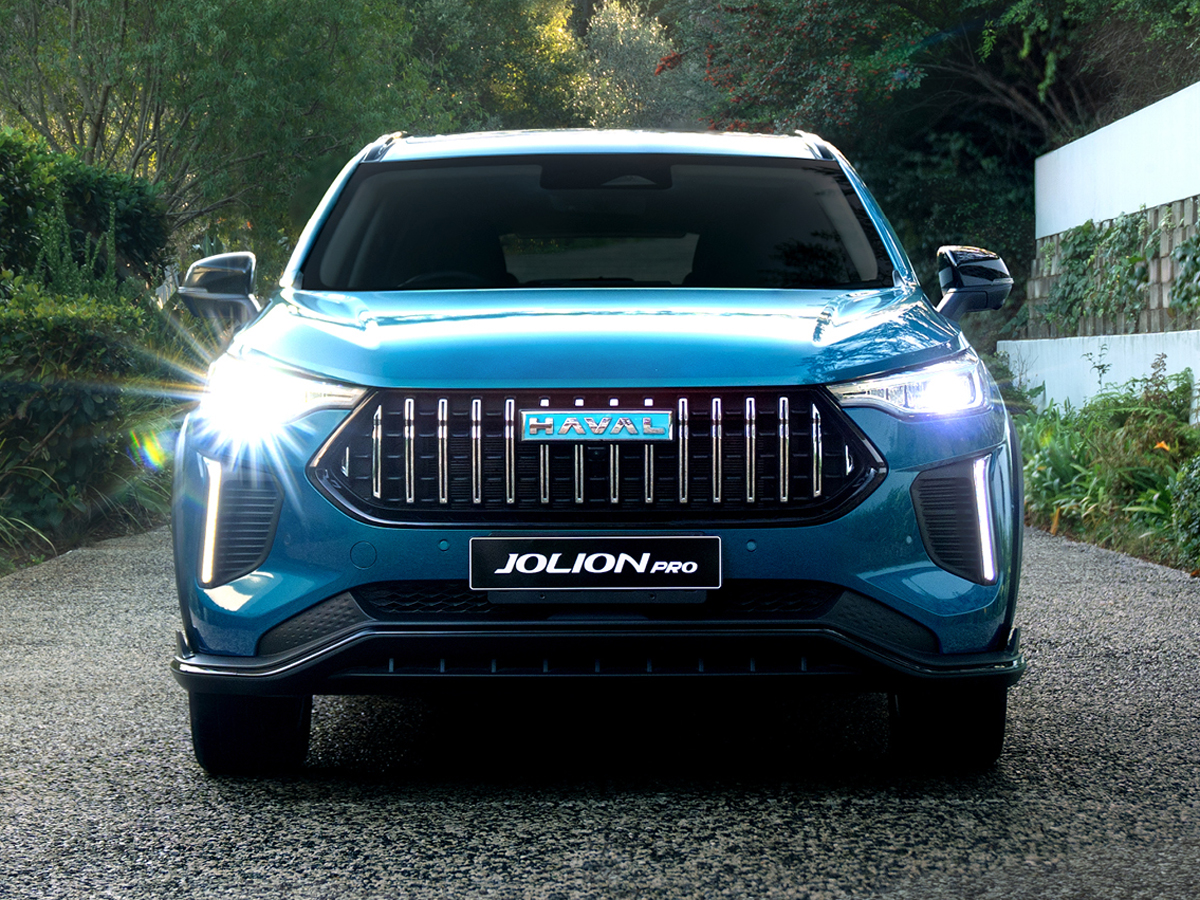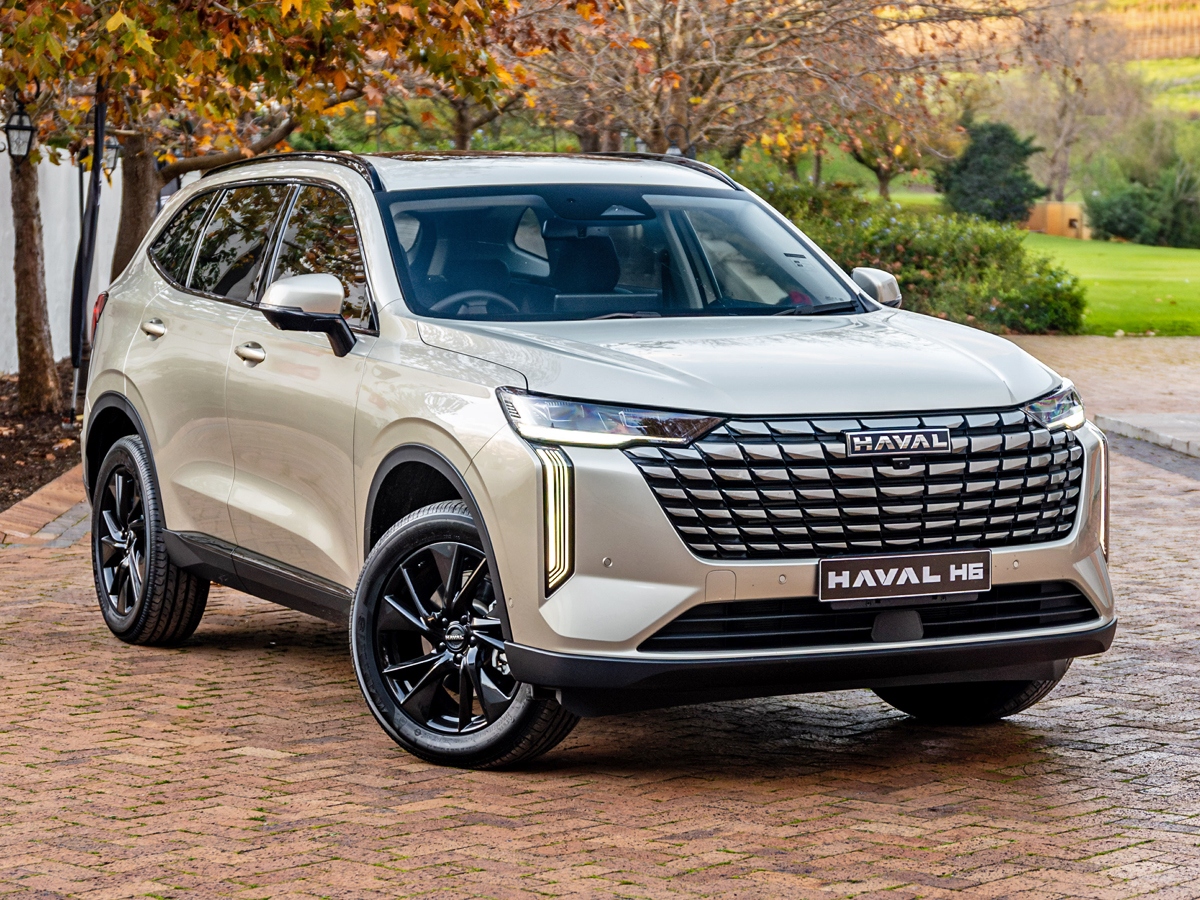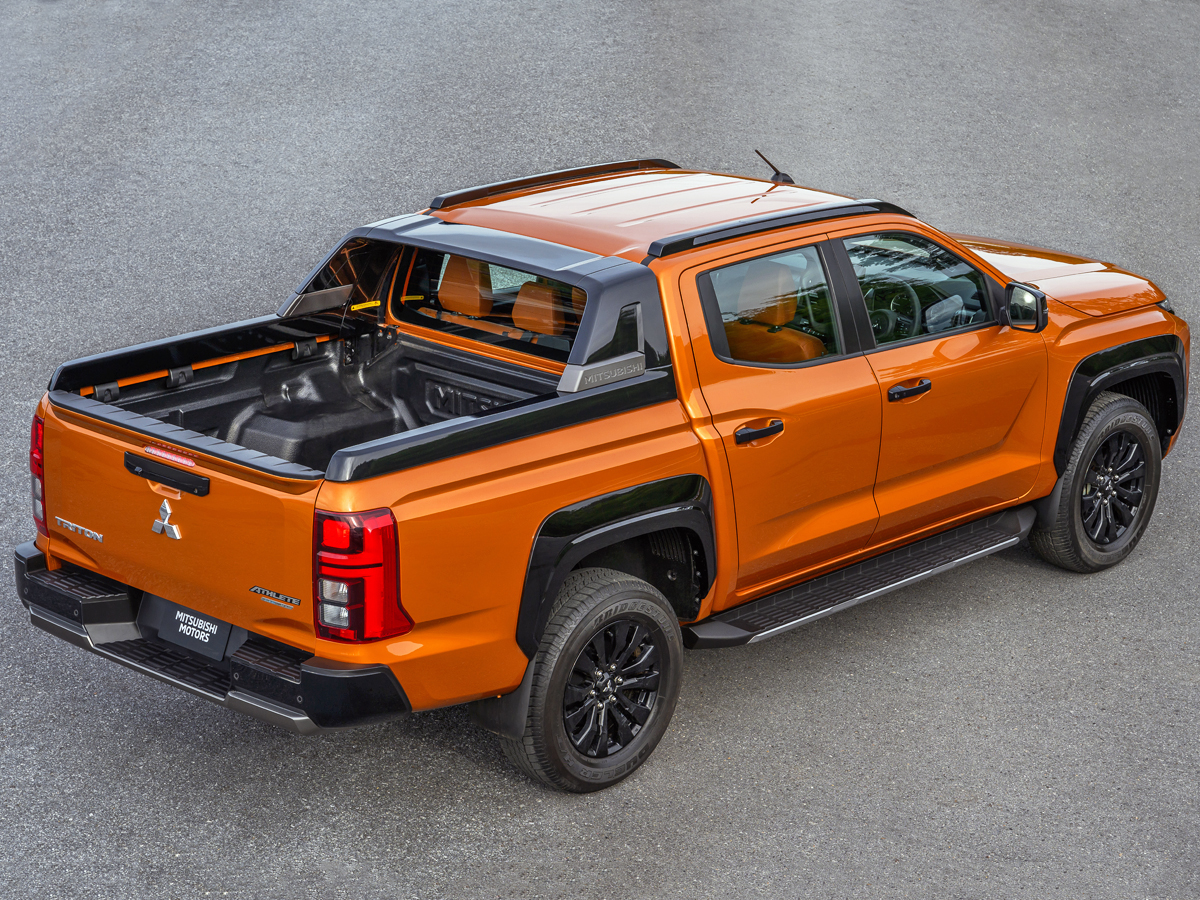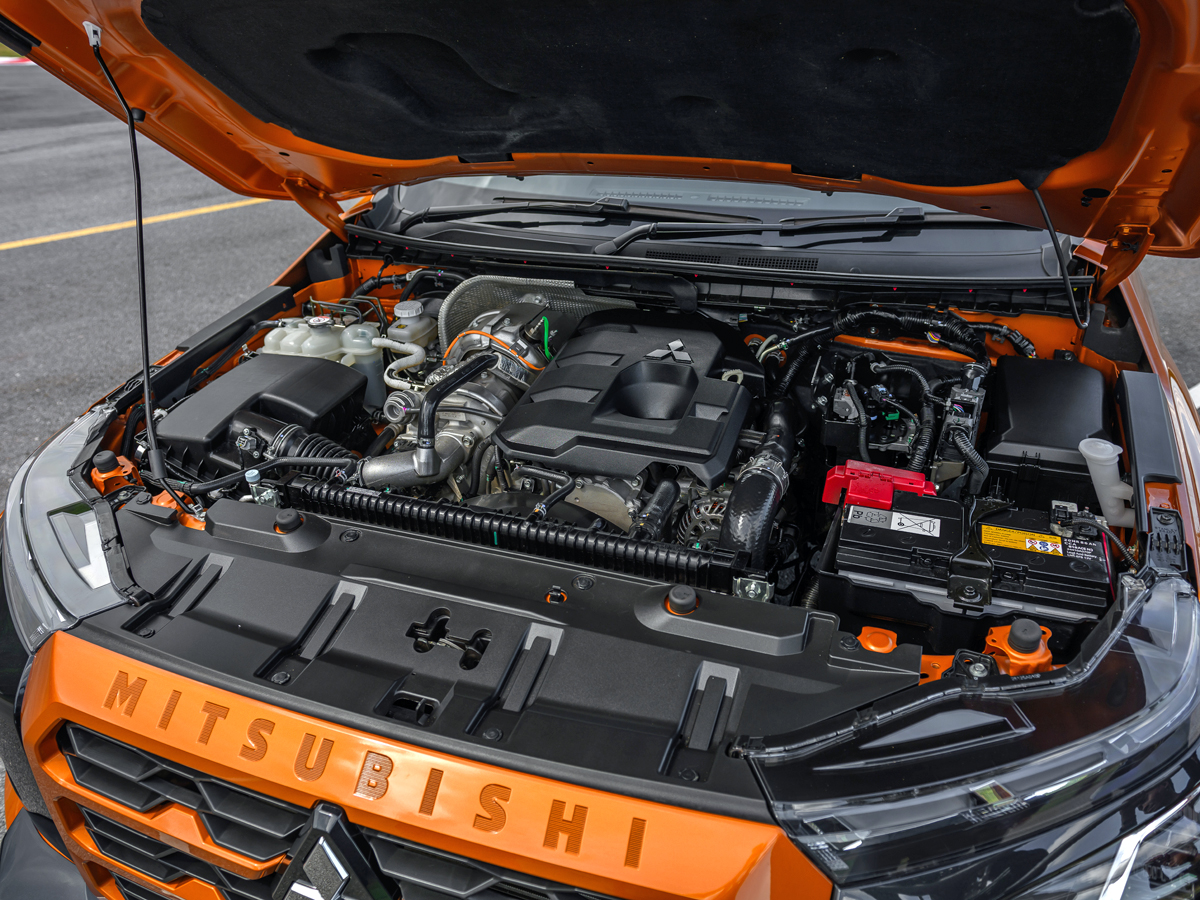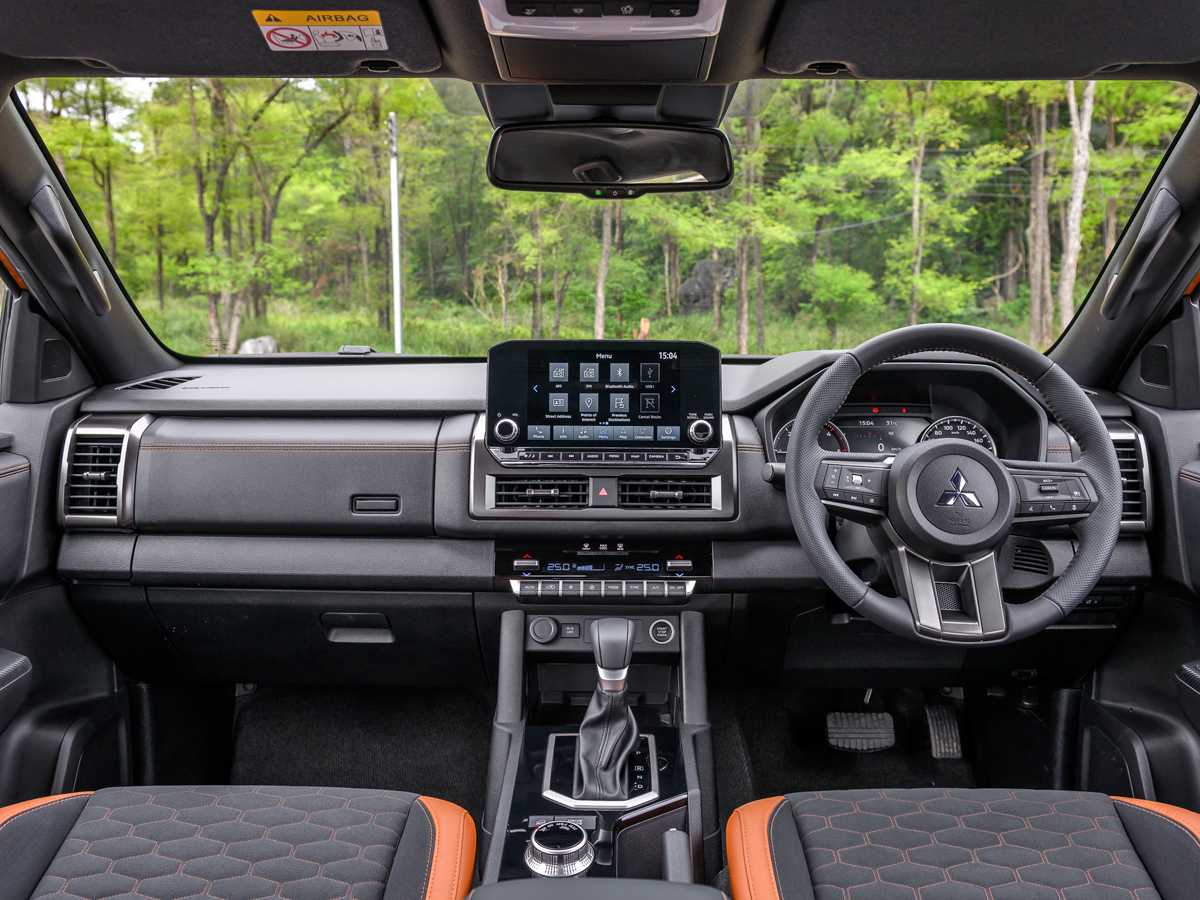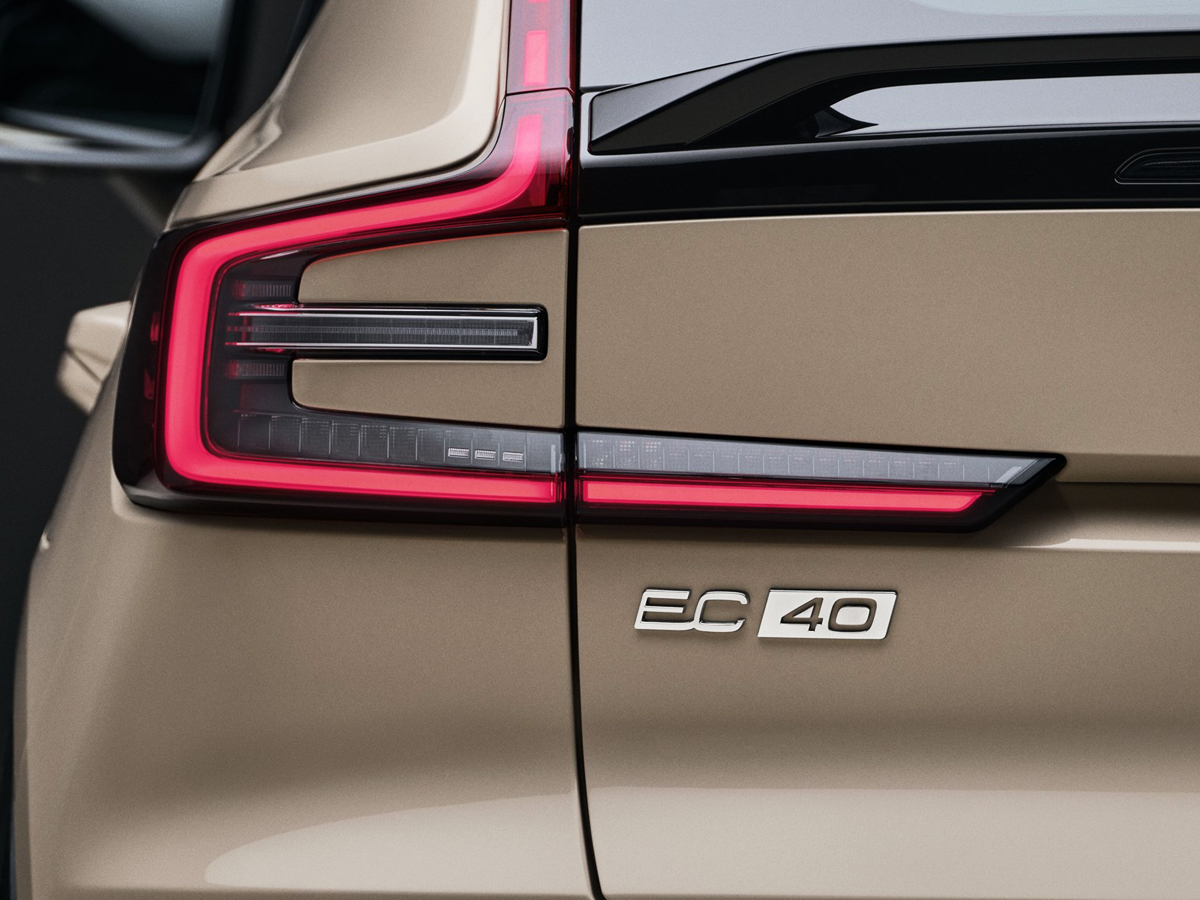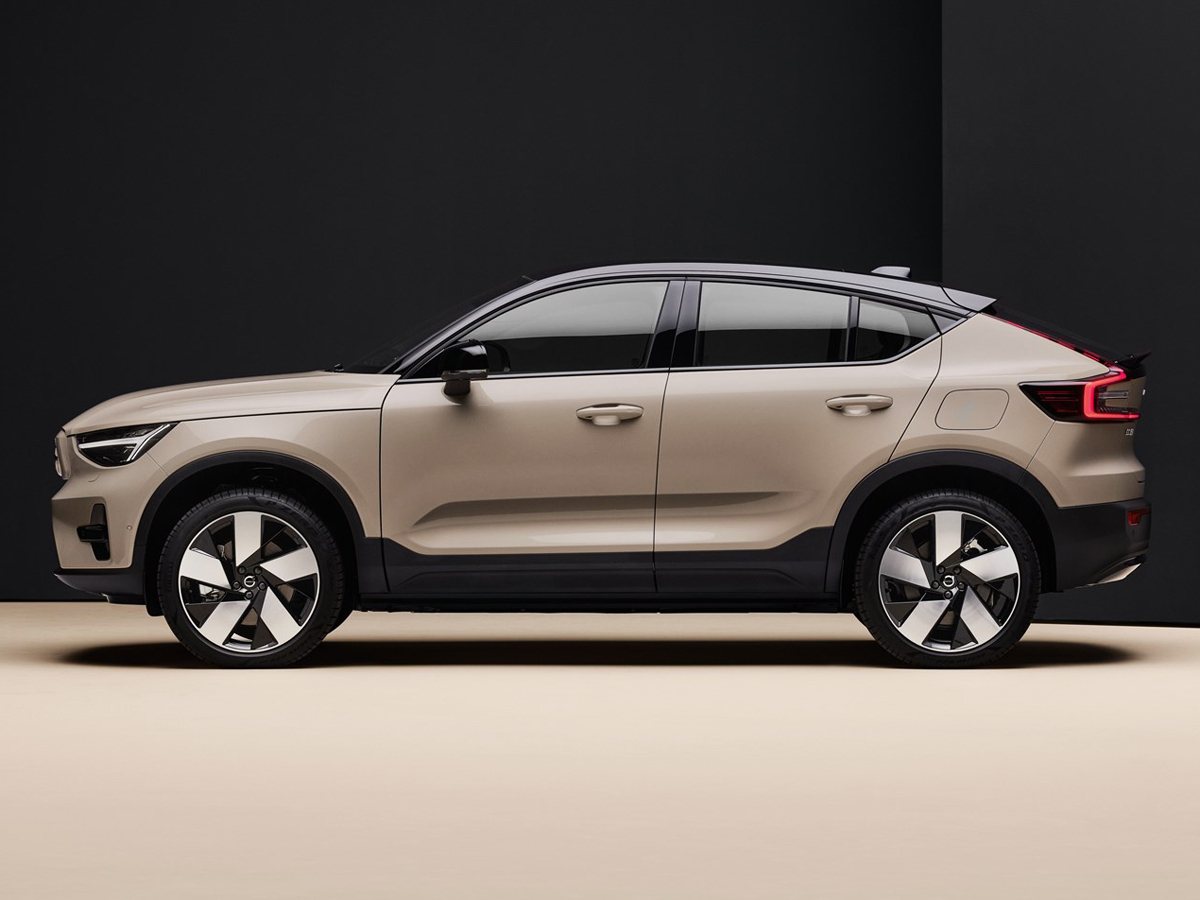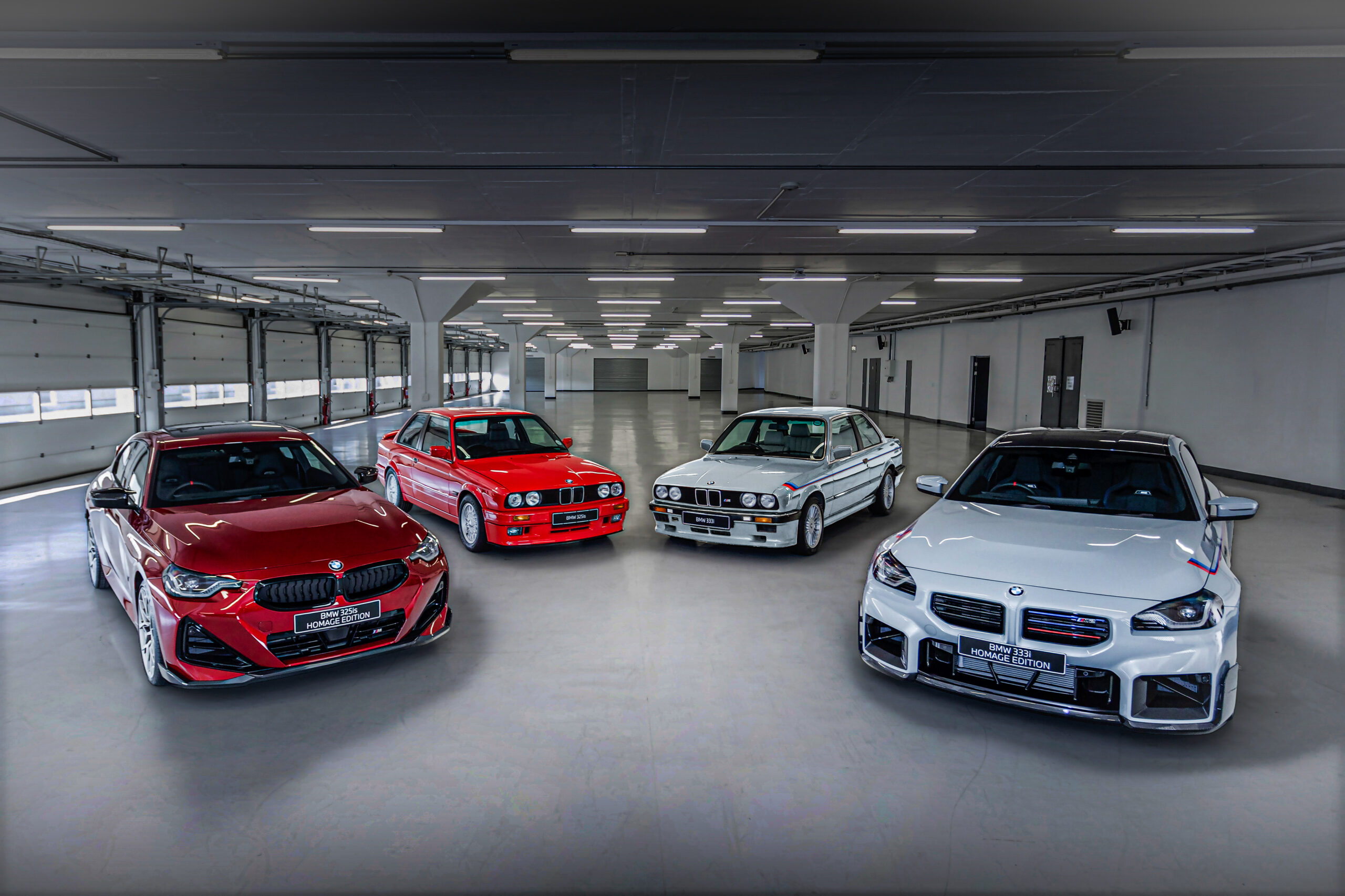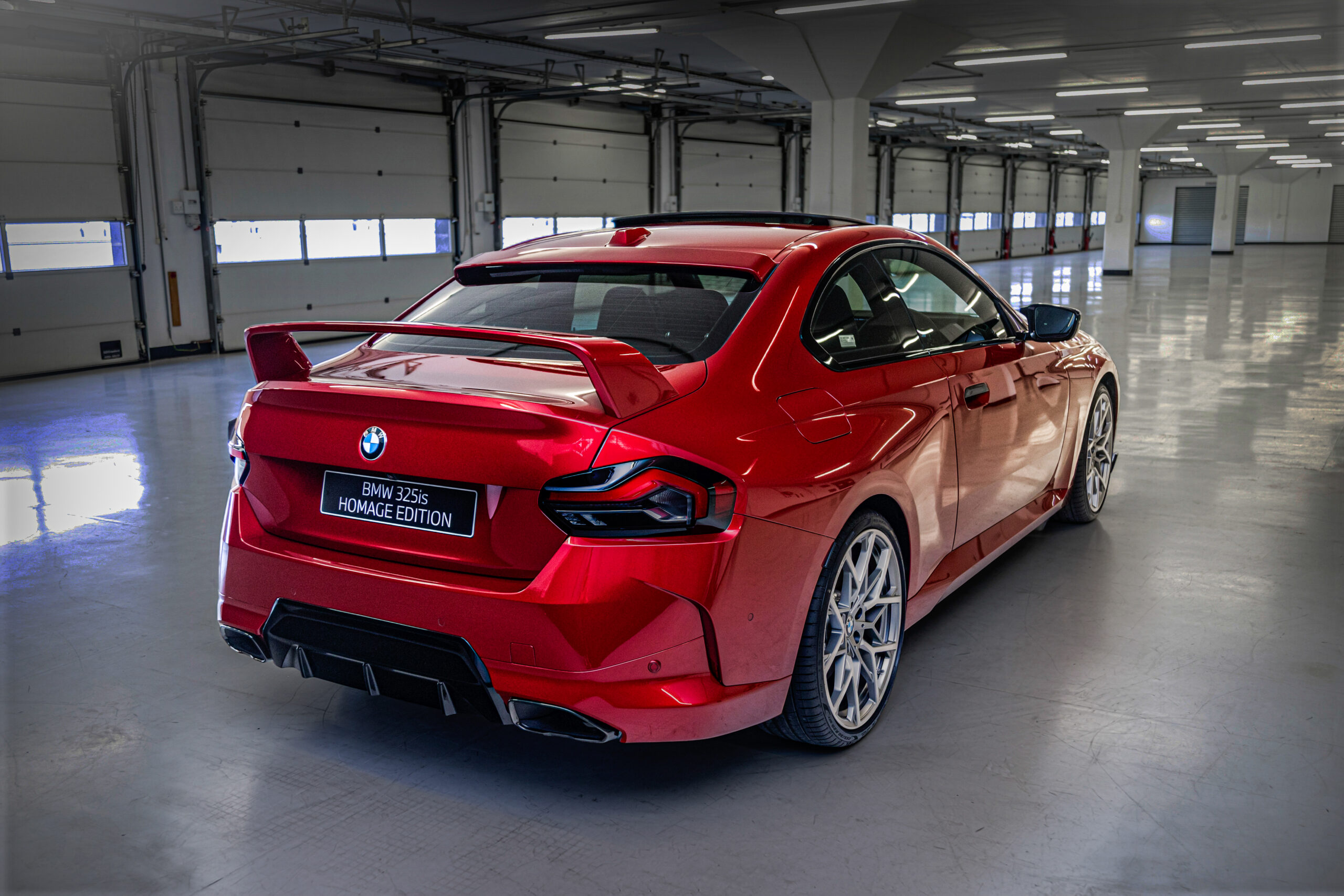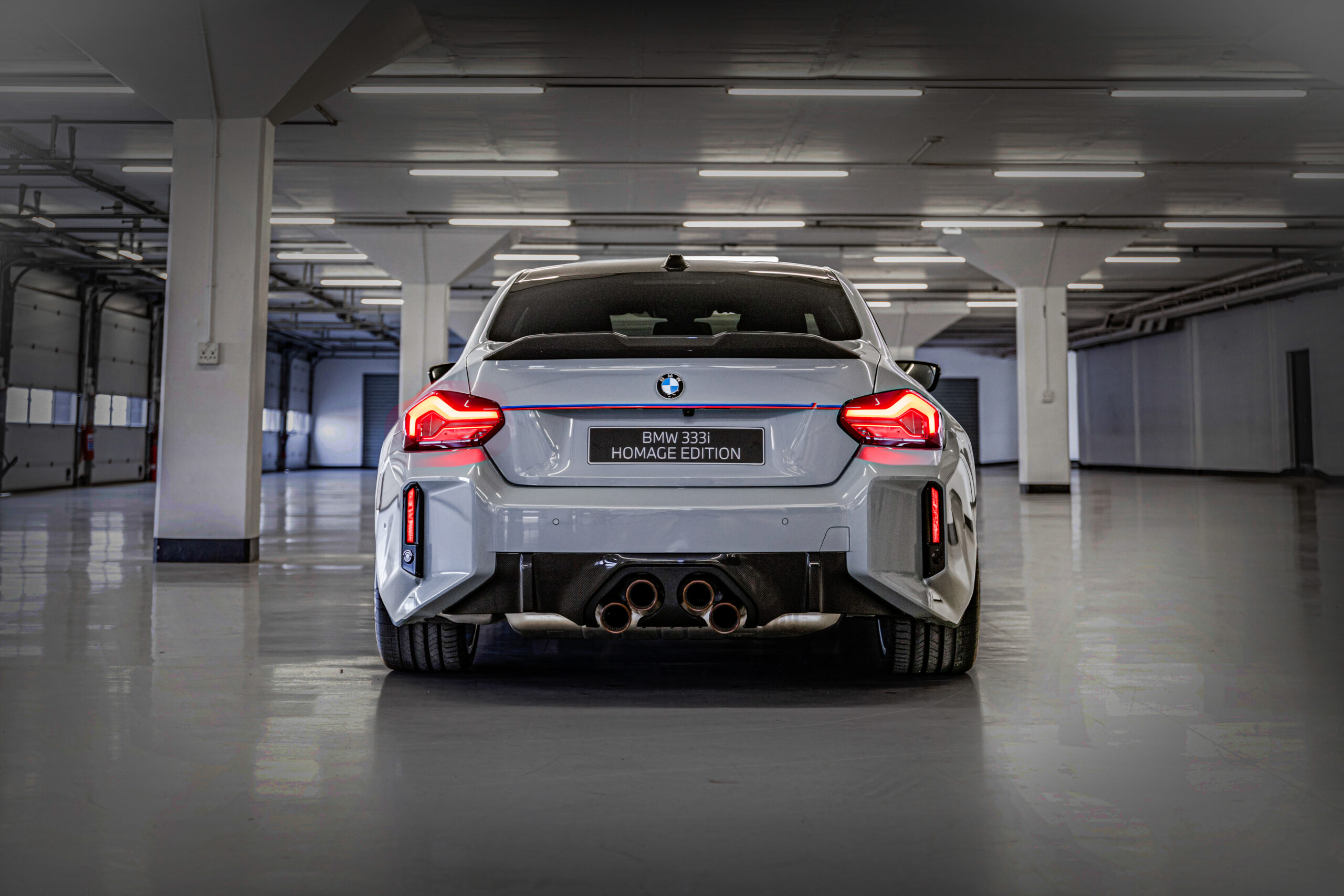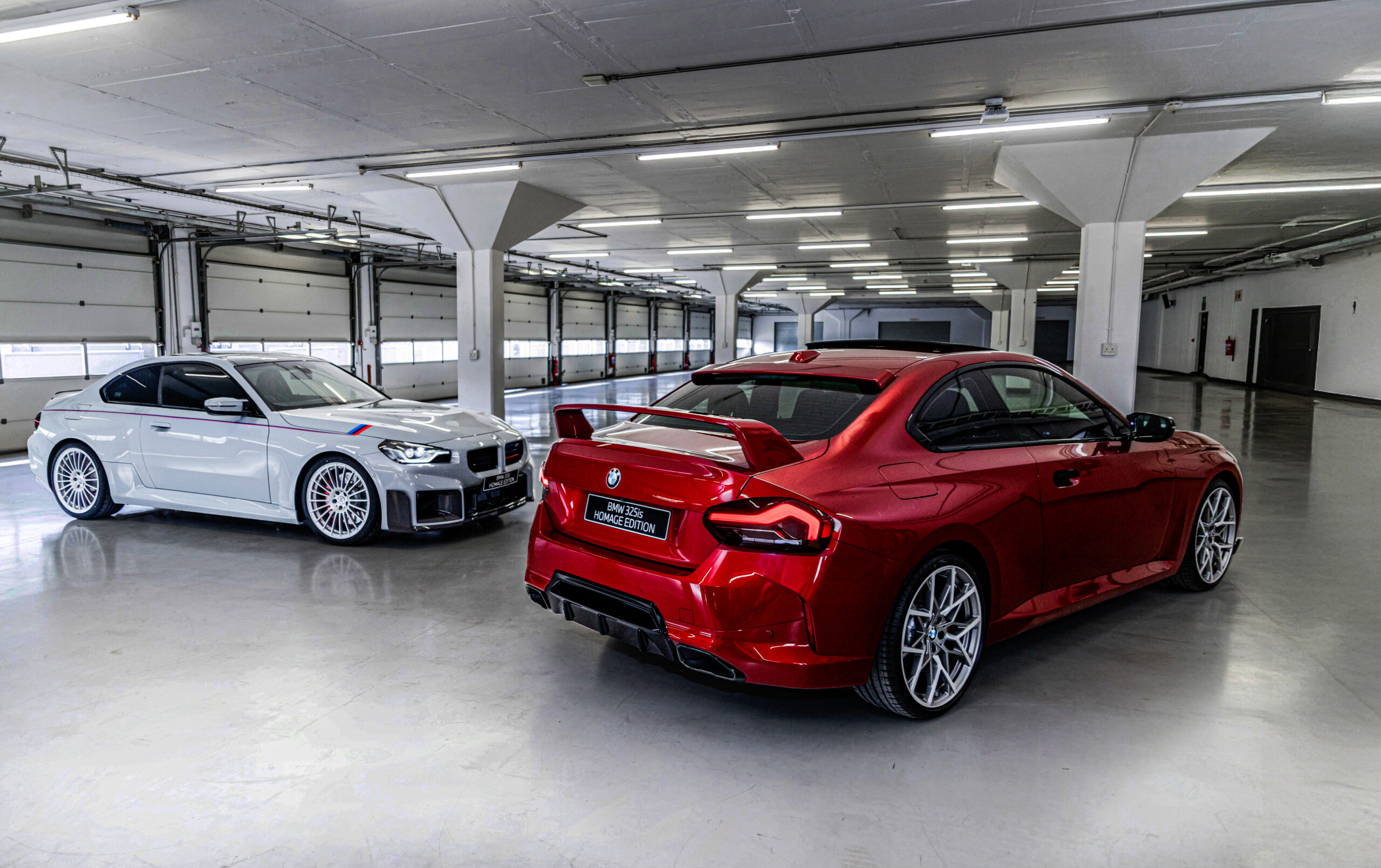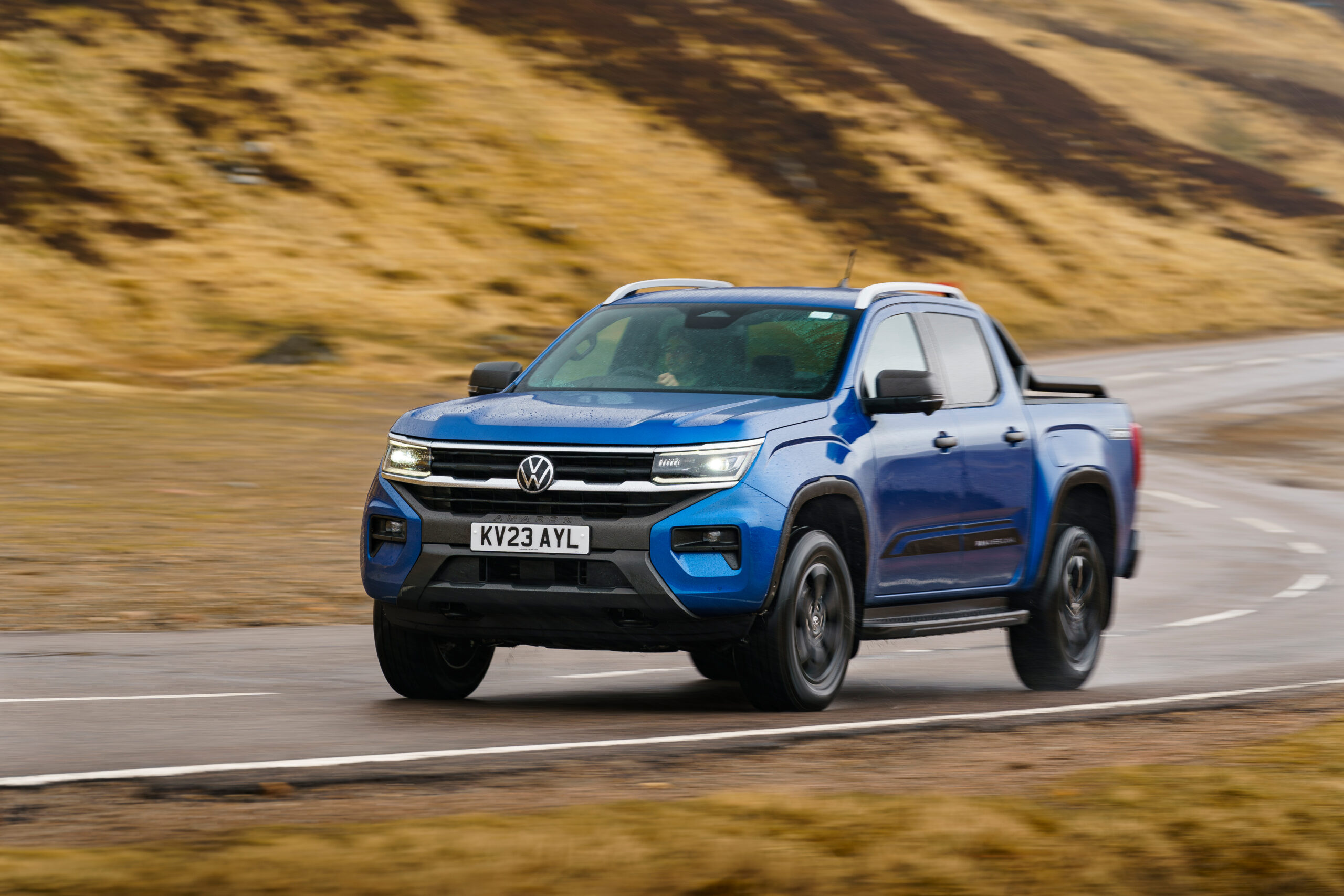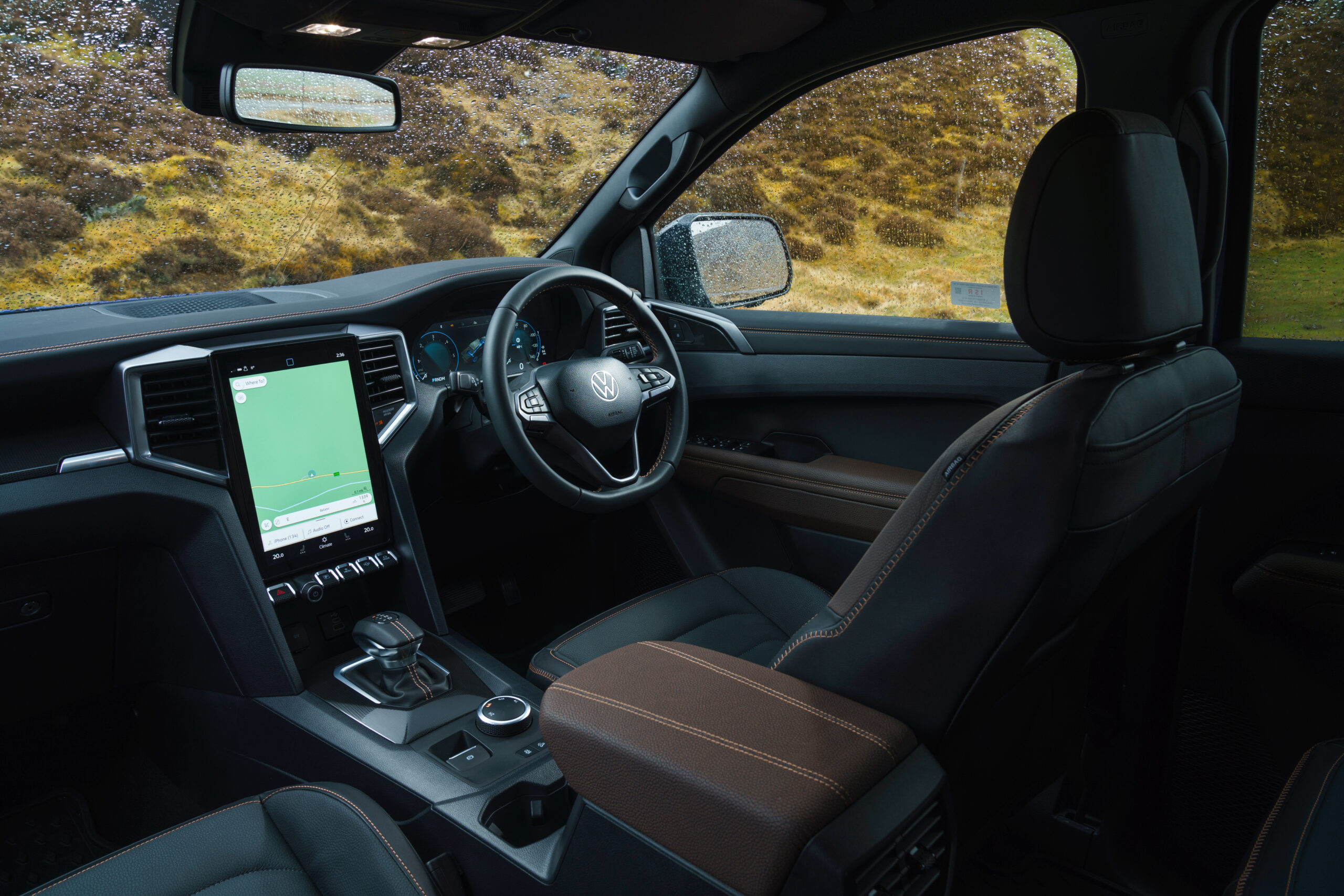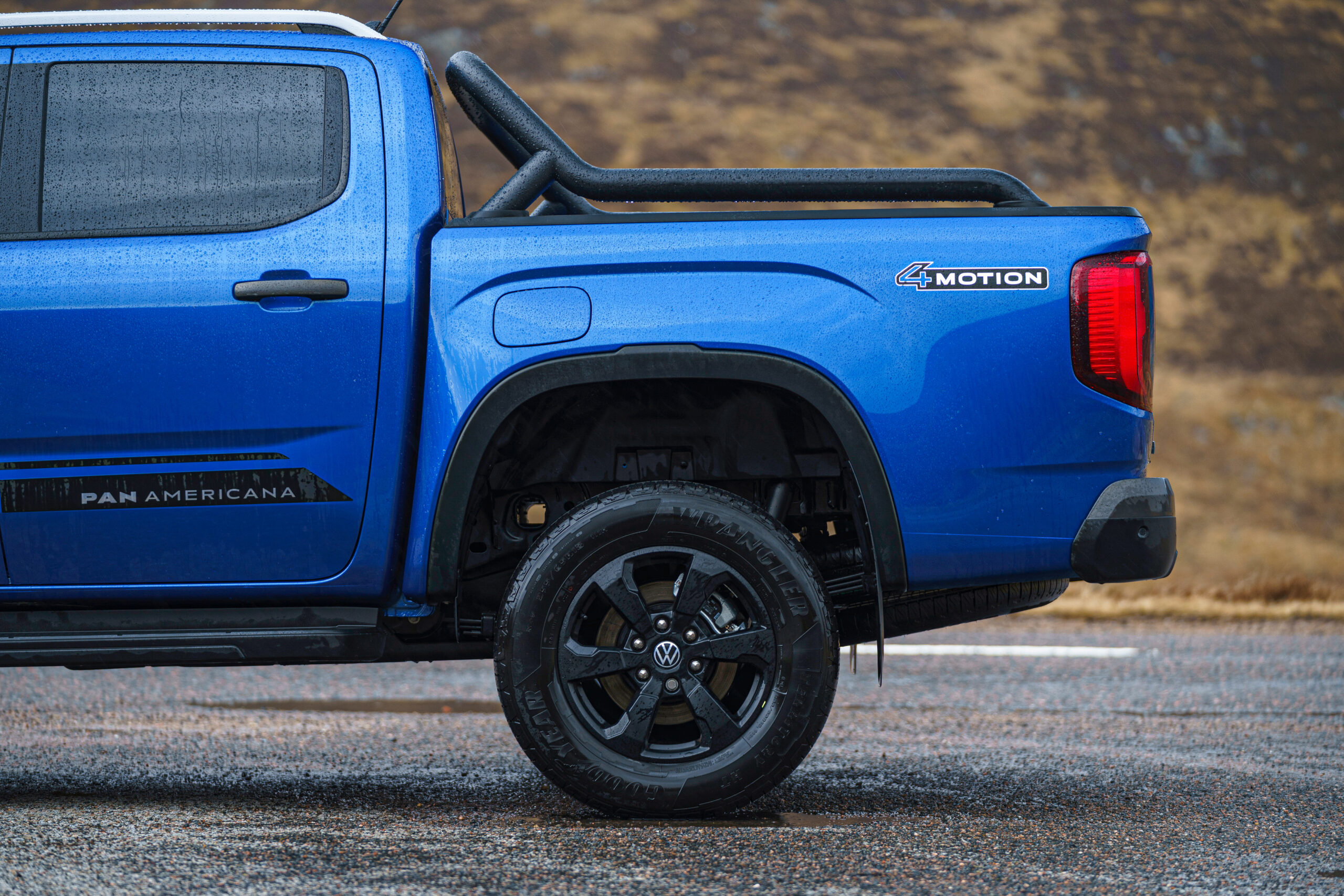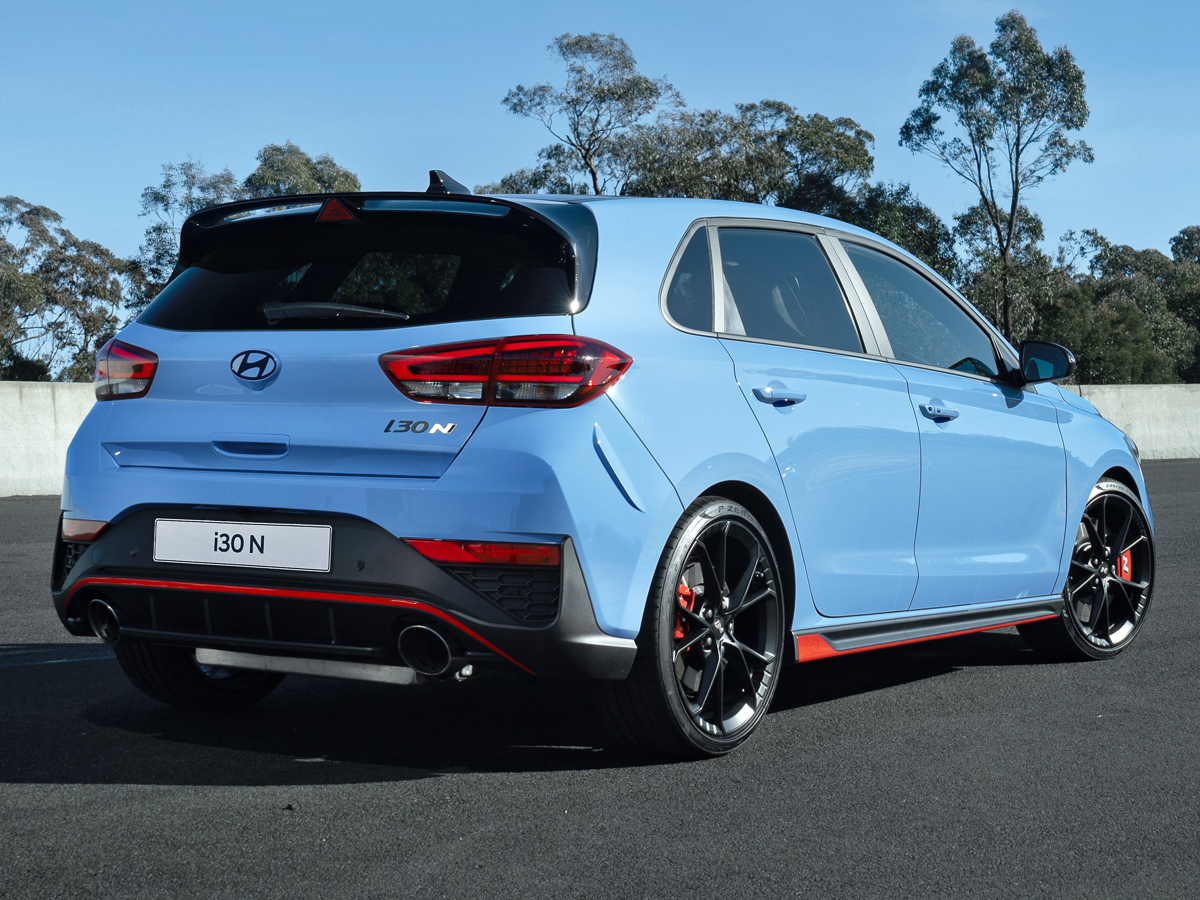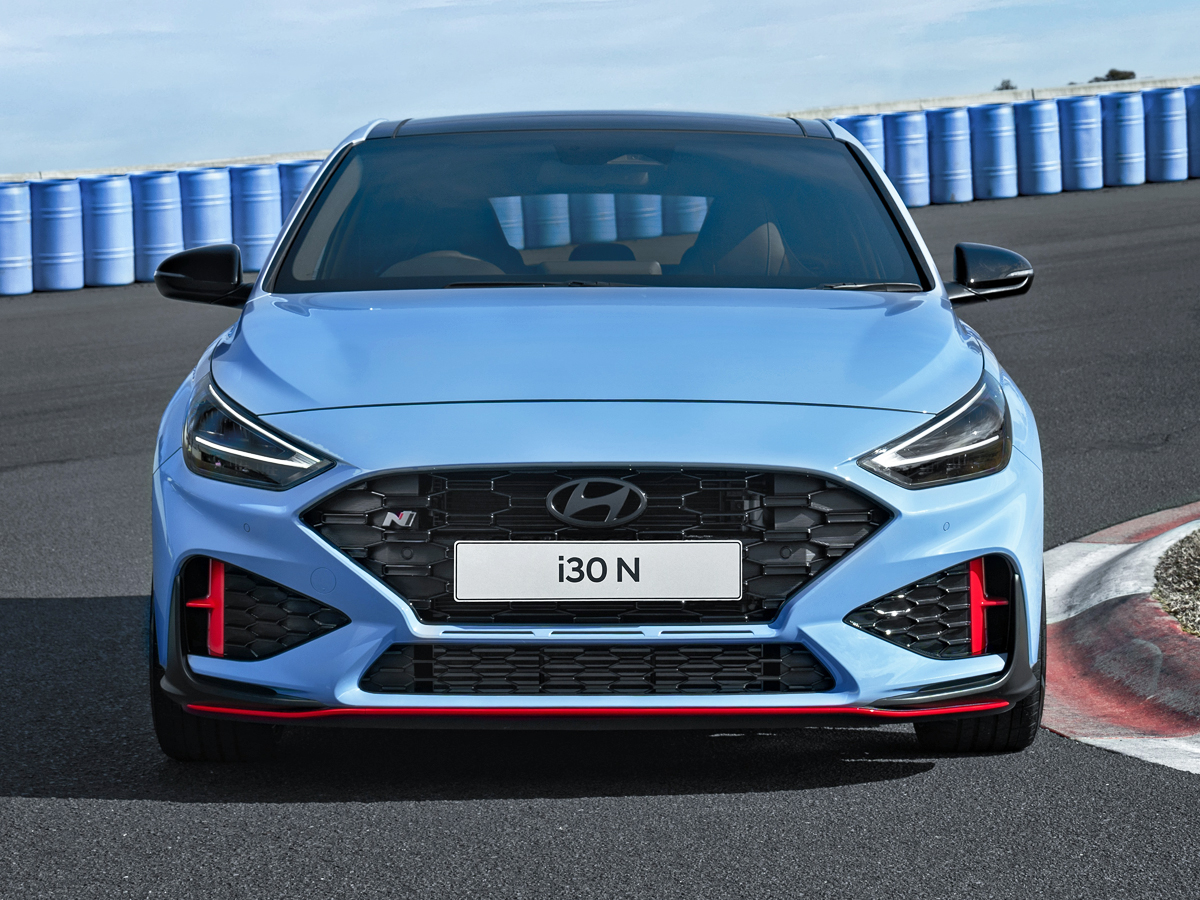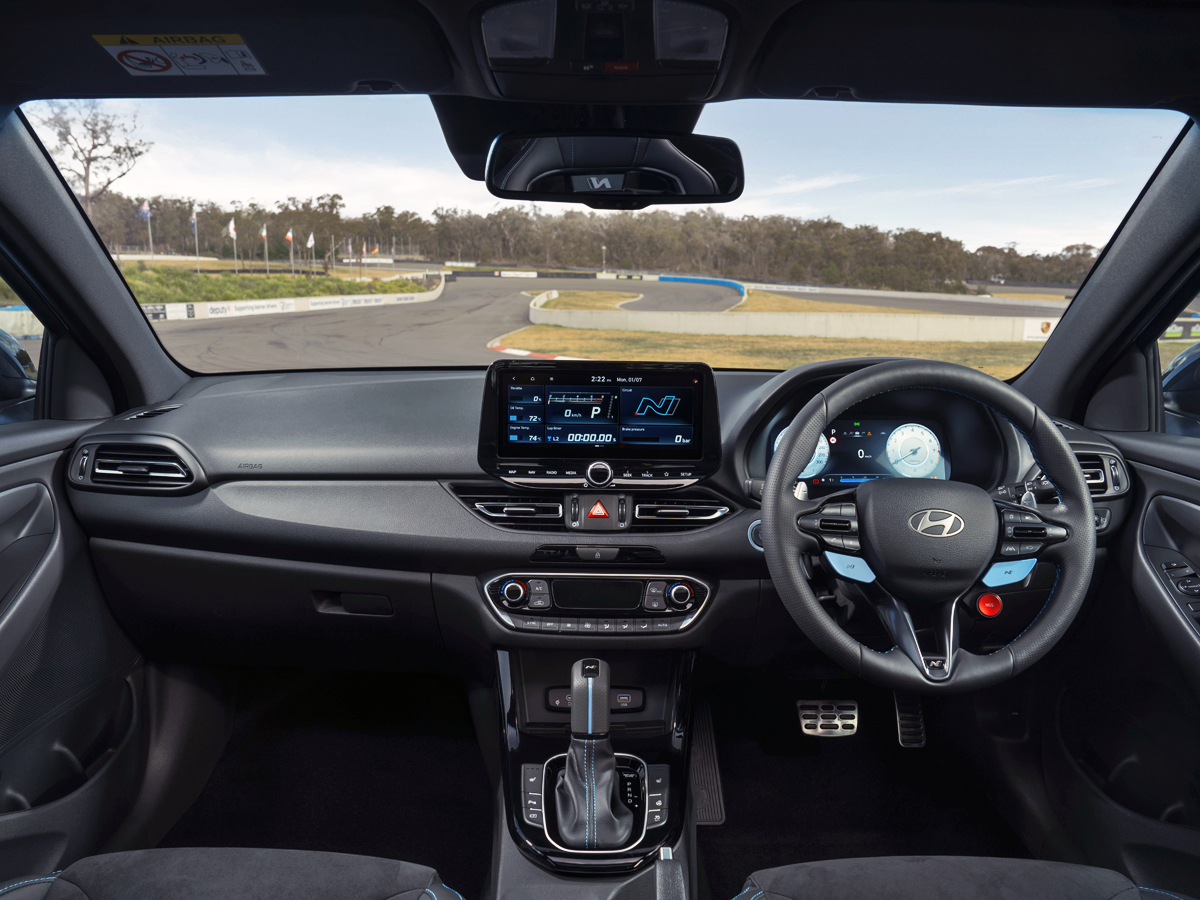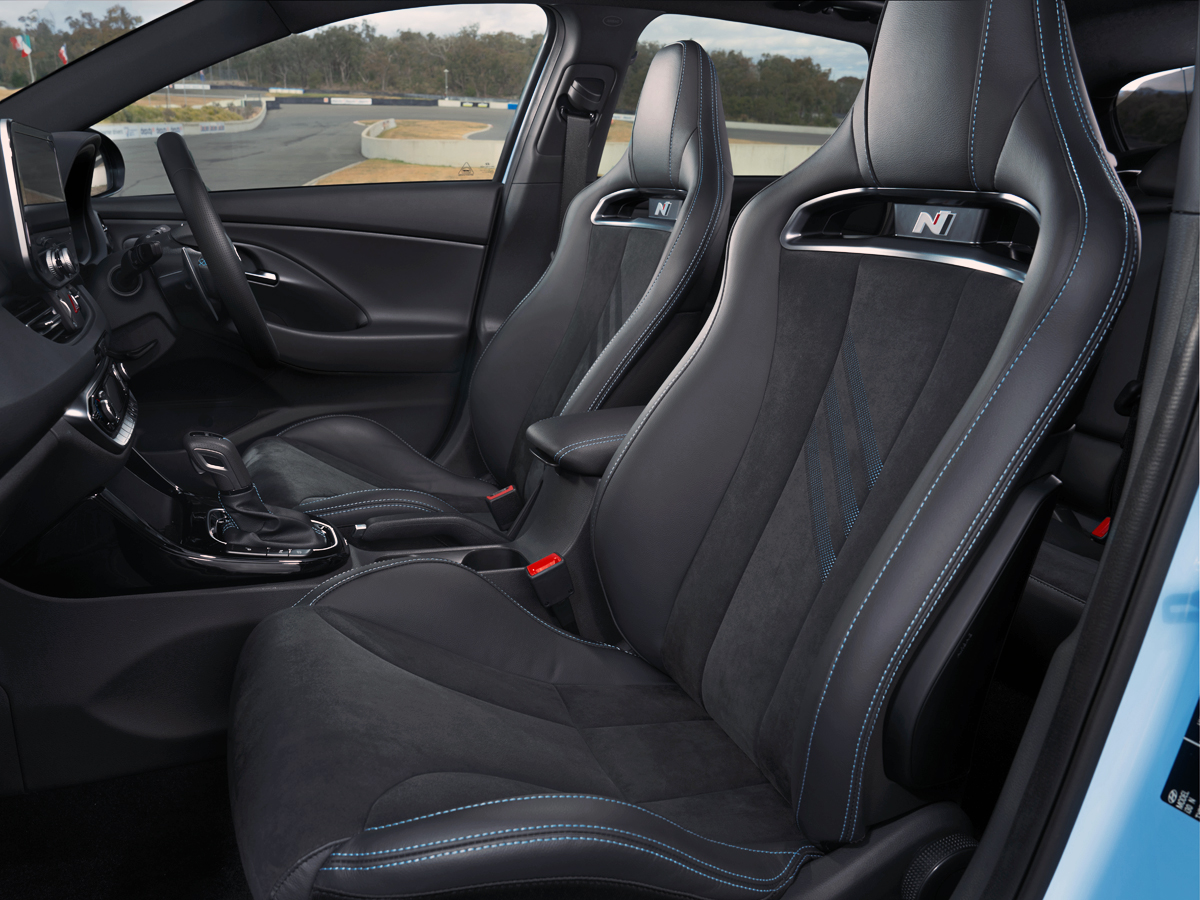ARB Accessories for Prado – 5 Toyota approved items
Keen to upgrade your Toyota Land Cruiser Prado with ARB accessories that won’t void your vehicle’s warranty? Here are 5 Toyota-approved items perfect for overlanding…
Toyota’s J250-series Prado has been a huge success since its introduction in 2024. For buyers who don’t want the parking issues of owning a full-size Land Cruiser 300, the Prado is everything they need. Easily livable in urban conditions, without compromising any of its true all-terrain touring or proven off-road ability.
Product marketing people at Toyota know that Prado owners want to accessorise and customise their ‘Cruisers. That’s why Toyota has approved a broad selection of accessories for use with Prado, which won’t void your warranty. So, what is Toyota-approved, if you’re looking for Prado ARB accessories?
Well, Toyota’s Associated Accessory Products (AAP) programme includes a handful of items from ARB, a highly respected name when it comes to aftermarket 4×4 parts. We’ve selected 5 Toyota-backed options that further improve the Prado’s overlanding potential.
1. ARB Hydraulic Long Travel Jack
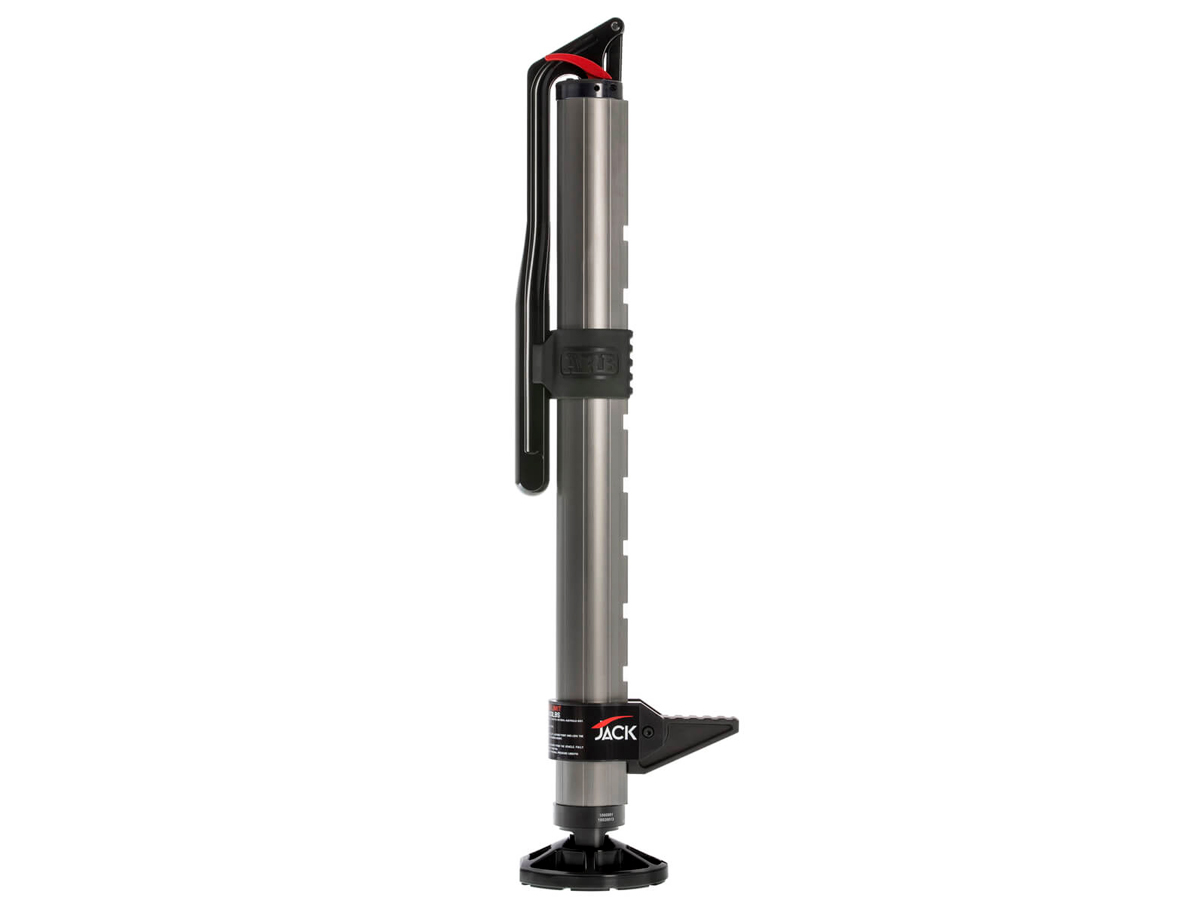
Managed to get your Prado well and truly stuck in deep sand or mud? ARB’s heavy-duty long-travel hydraulic jack will help you easily lift the vehicle, swiftly setting the recovery process in motion.
Why would you choose this, over a “classic” lift jack? Old-school mechanical high-lift jacks can be tricky to operate safely, especially for users who lack experience making complex 4×4 recoveries. Those traditional mechanical high-lift jacks, with their steel structures, can also corrode if not looked after. And they are very heavy, not to mention the amount of space they take up.
ARB fashioned this jack’s body (which you can rotate 360 degrees to align the pivoting foot to match the terrain) from aircraft-grade 6061 T6 aluminium. A broader jack base is available separately. ARB recommends you don’t store this jack horizontally as doing so could cause hydraulic fluid to leak past the seals.
2. ARB Accessories Twin Compressor Kit
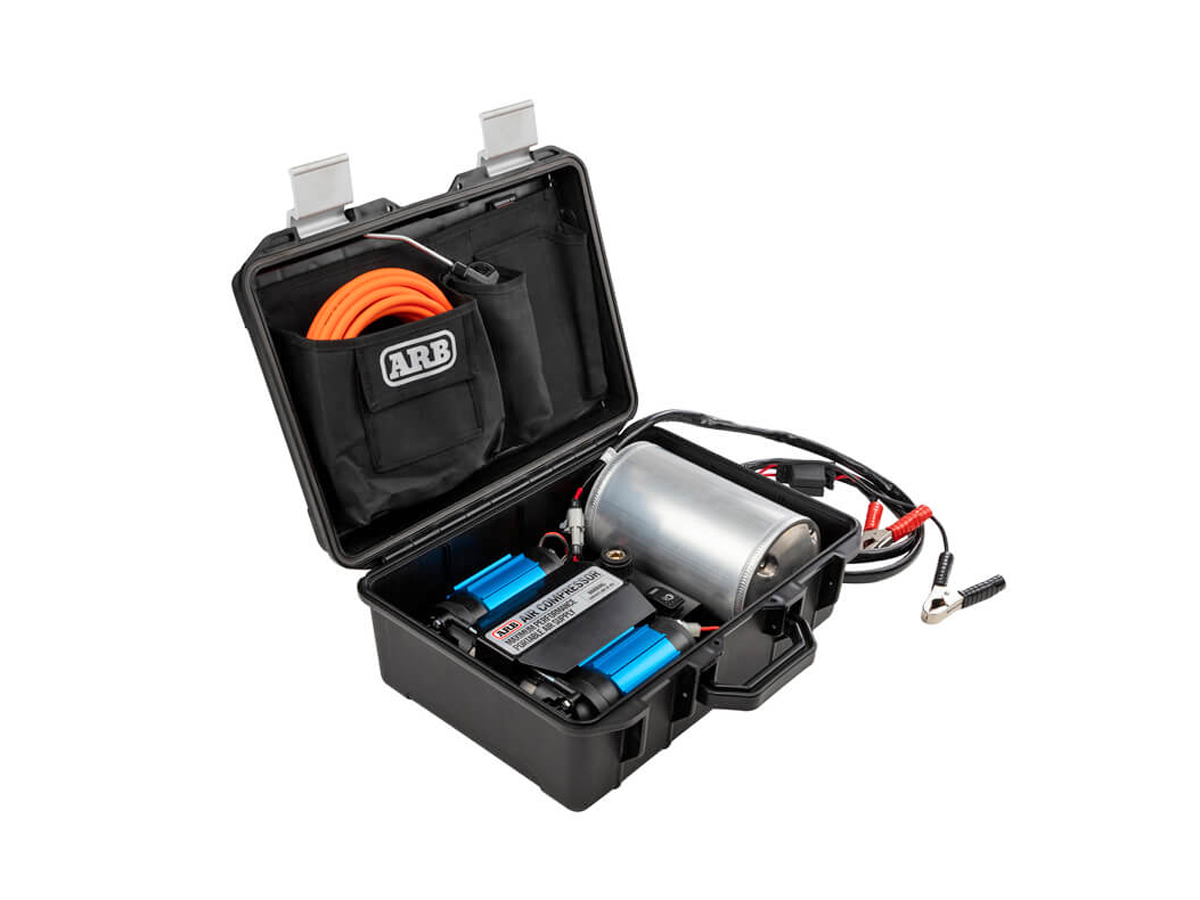
Without airing-down tyres, your Prado is never going to operate to its full potential on sand. Or when driving across those corrugated dirt roads deep in the Karoo or Namibia. But not all air compressors are the same. The smaller, weaker, versions can take an agonisingly long time to reinflate all 4 tyres. When you need to reinflate tyres in 40-degree Kalahari heat, you want an air-compressor that can handle the thermal strain of operating in such extreme conditions.
This twin-motor compressor delivers what ARB describes as “class-leading air flow”, allowing rapid inflation of the tyres. Meanwhile, the motors incorporate internal thermal protection against extreme temperature damage, while heavy-duty inline fuses provide circuit protection. The portable kit includes a 4.0-litre air tank, inflation accessories and a carry case. You can also mount the compressor to the vehicle.
3. ARB Premium Recovery Kit SII

Want to make sure you have everything you need to recover a vehicle in treacherous off-road terrain? Well, the ARB Premium Recovery Kit includes a recovery bag, a snatch strap (rated at 8 000 kg), a tree-trunk protector (rated at 12 000 kg), a winch extension strap (rated at 4 500 kg), a recovery damper, recovery gloves, a pair of galvanised shackles and a snatch block (rated at 9 000 kg).
Always remember to use the kit’s recovery damper, placing it about halfway on the recovery strap, to prevent the risk of injury from kinetically loaded flailing straps should something go wrong.
4. ARB Elements Fridge Freezer
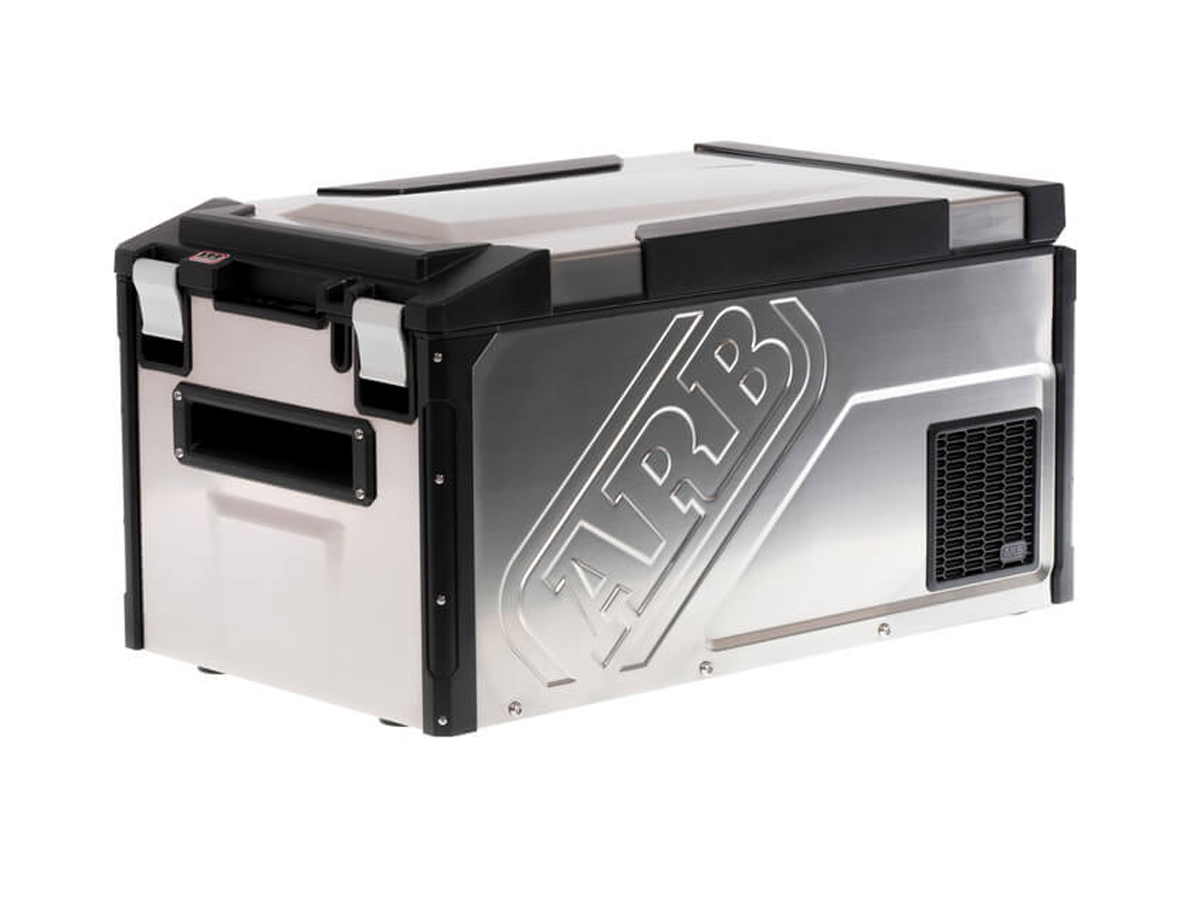
Yes, it’s a weatherproof 60-litre fridge! ARB makes this dual-zone fridge-freezer combo’s body from stainless steel. Furthermore, it has added anodised aluminium latches, UV-resistant trim and protected electrical connections. The lid features a handy strut, while the touchpad control panel allows the user to adjust the temperature and even lock the fridge.
5. ARB Accessories Compact Director’s Chair
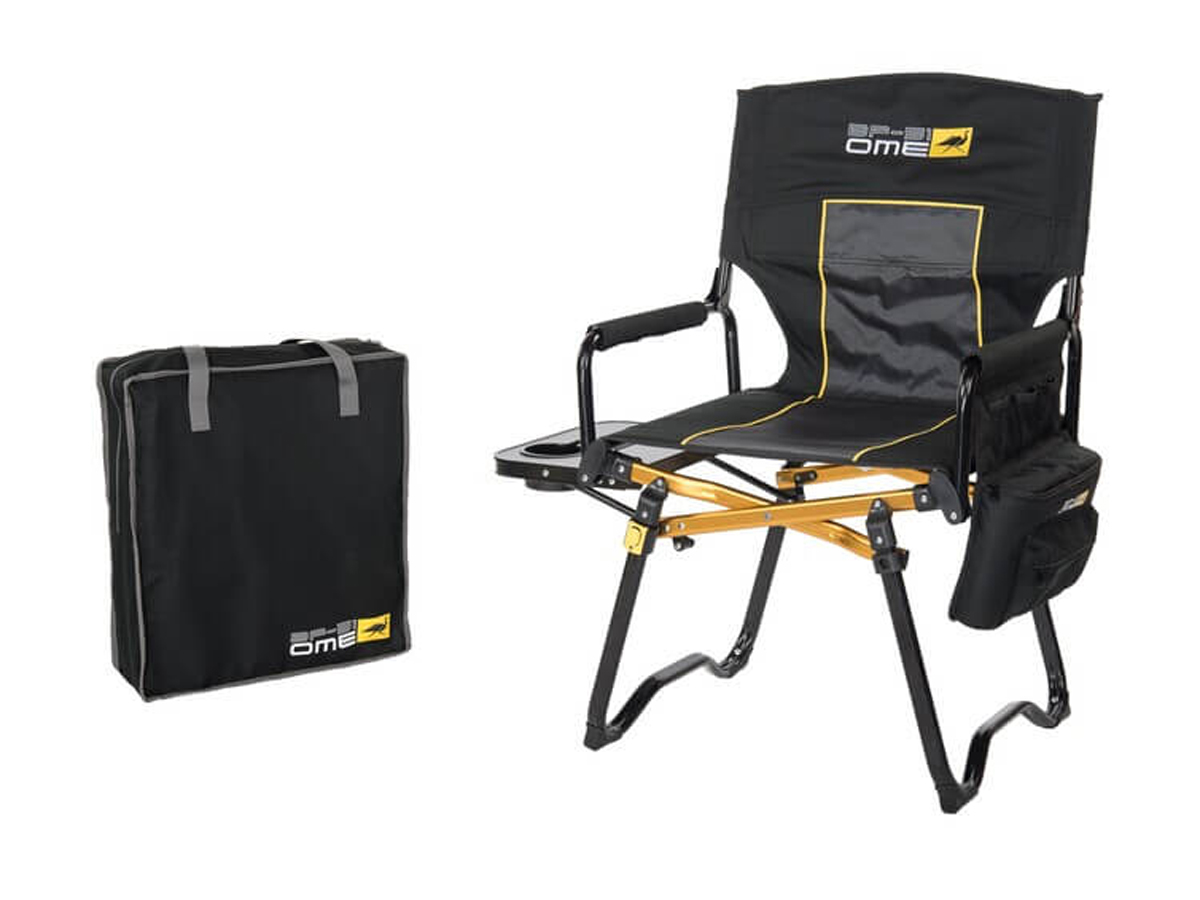
So, you’ve reached your camping site and crack open your fridge freezer. But where will you sit after a long day of overlanding in the Prado? Well, ARB offers this neat director’s chair, which features a high back for added support, a side table (with oversized cup holder) and a magazine pocket on the back. Rated to handle 150kg and branded with the ARB’s “Old Man Emu” logo, this chair comes in a PVC-lined carry bag with reversible zips and handles.
Find a Toyota Land Cruiser Prado on Cars.co.za!
Frequently Asked Questions (FAQ)
Q: What ARB accessories are approved by Toyota for the Land Cruiser Prado (J250-series) and won’t void the warranty?
A: Toyota’s Associated Accessory Products (AAP) programme includes a small selection of approved ARB items that are perfect for overlanding with the J250-series Land Cruiser Prado without voiding the vehicle’s warranty. The five items highlighted are the ARB Hydraulic Long Travel Jack, the ARB Twin Compressor Kit, the ARB Premium Recovery Kit SII, the ARB Elements Fridge Freezer and the ARB Compact Director’s Chair.
Q: What are the key features of the ARB Elements Fridge Freezer?
A: The ARB Elements Fridge Freezer is a weatherproof, 60-litre dual-zone fridge-freezer combination. Its body is constructed from stainless steel and features anodised aluminium latches, UV-resistant trim and protected electrical connections. The lid has a support strut, and the touchpad control panel allows for temperature adjustment and includes a locking function.
Q: What is included in the ARB Premium Recovery Kit SII?
A: The comprehensive ARB Premium Recovery Kit SII is designed for vehicle recovery in off-road terrain. The kit includes: a recovery bag, an 8 000 kg-rated snatch strap, a 12 000 kg-rated tree-trunk protector, a 4 500 kg-rated winch extension strap, a recovery damper, recovery gloves, a pair of galvanised shackles and a 9 000 kg-rated snatch block.
Related content
2025 CarsAwards: Best Adventure SUV in South Africa
